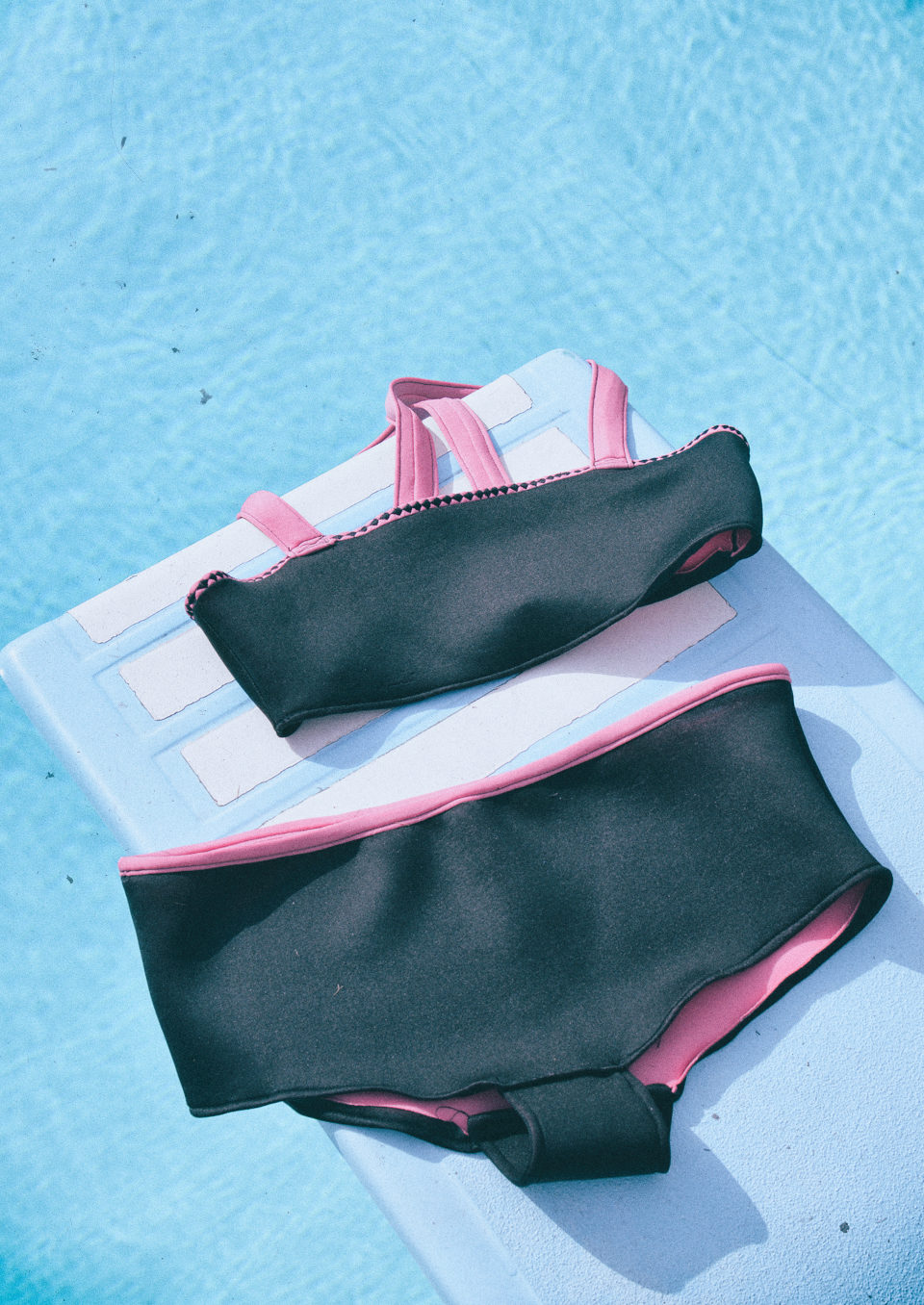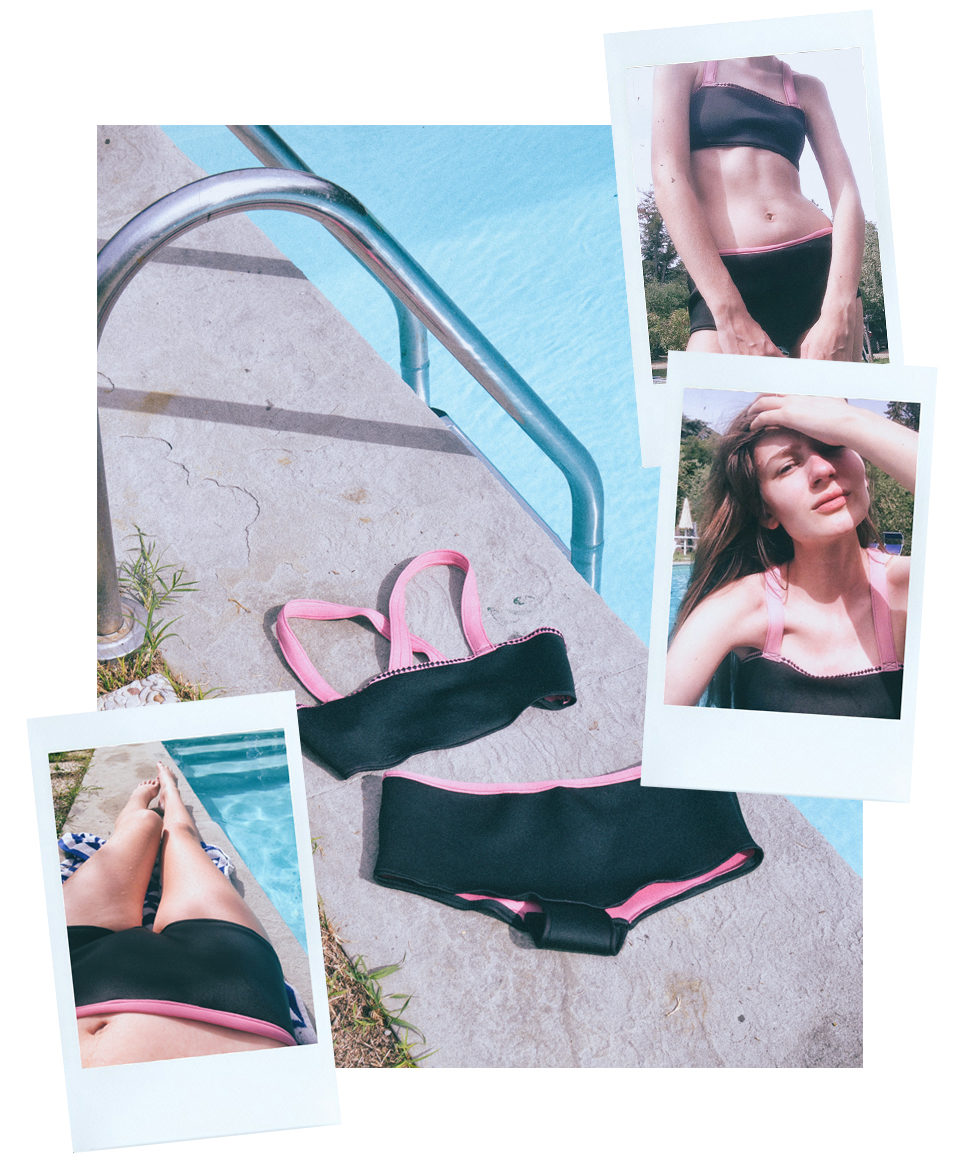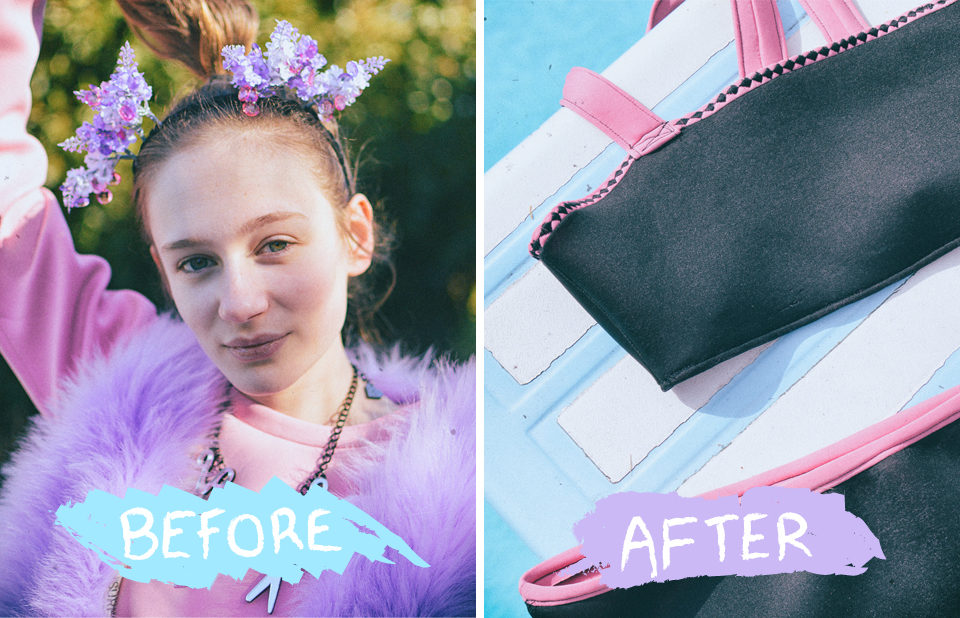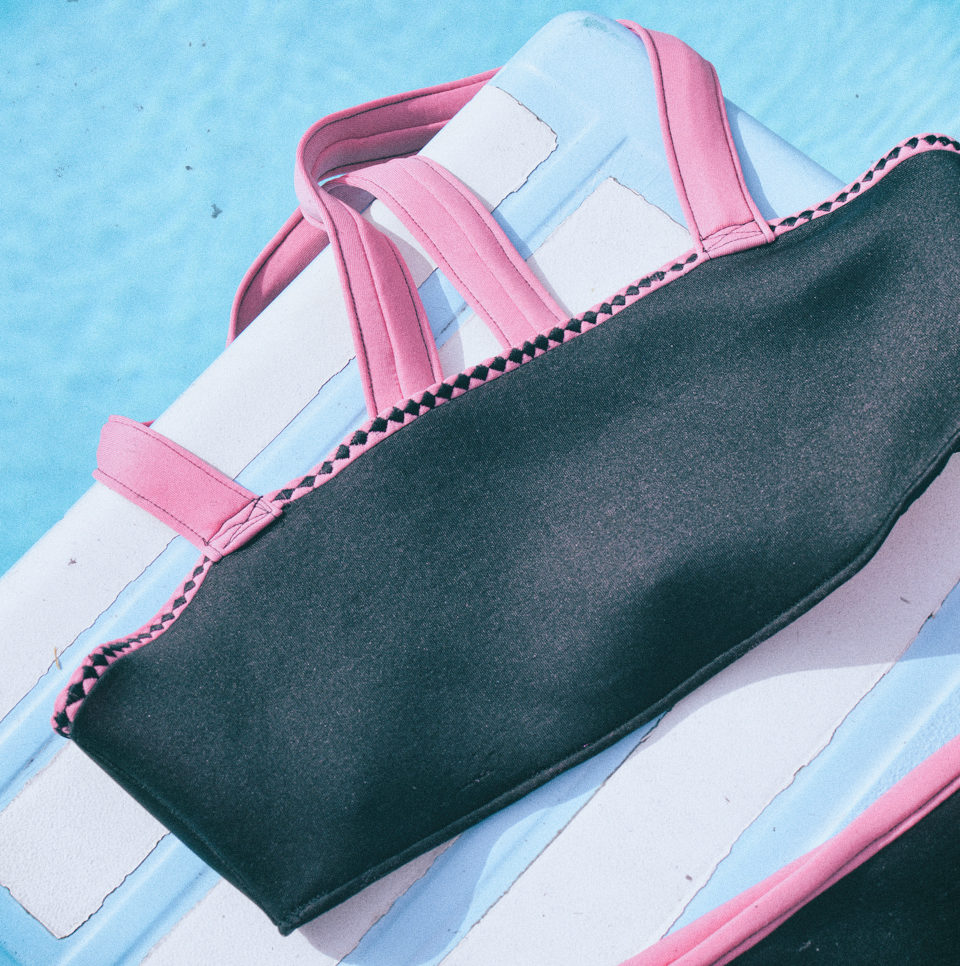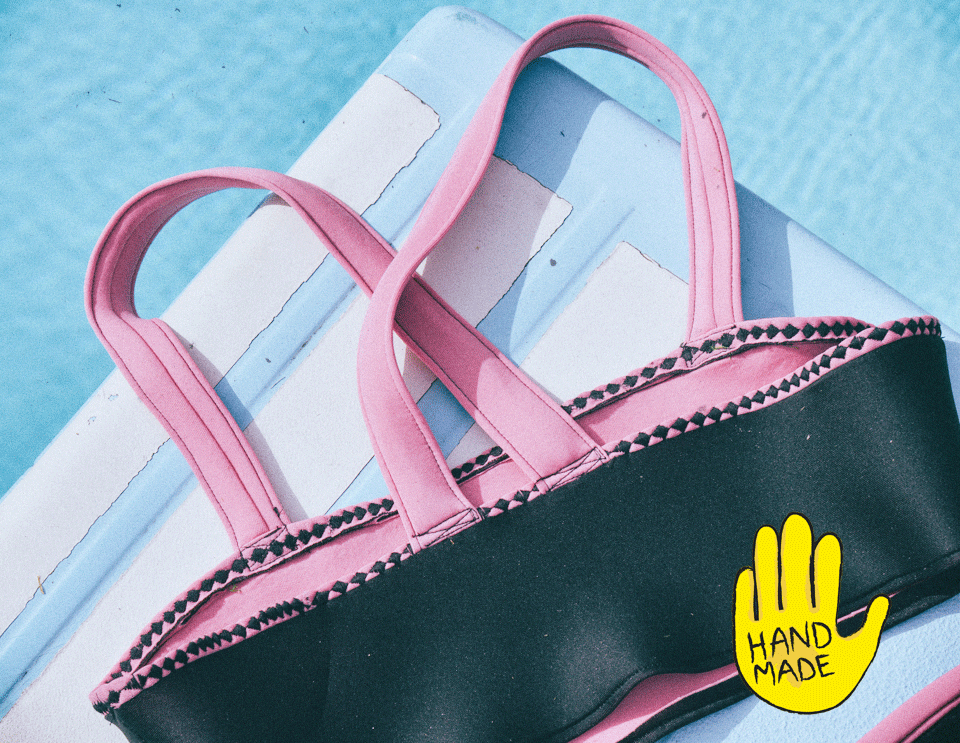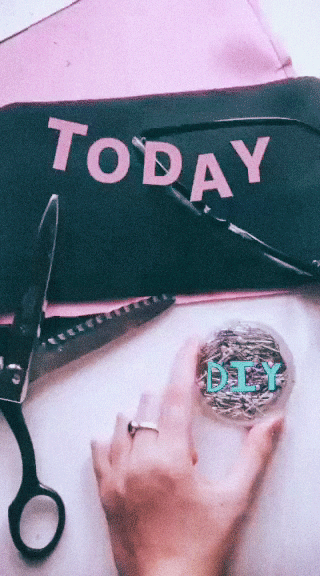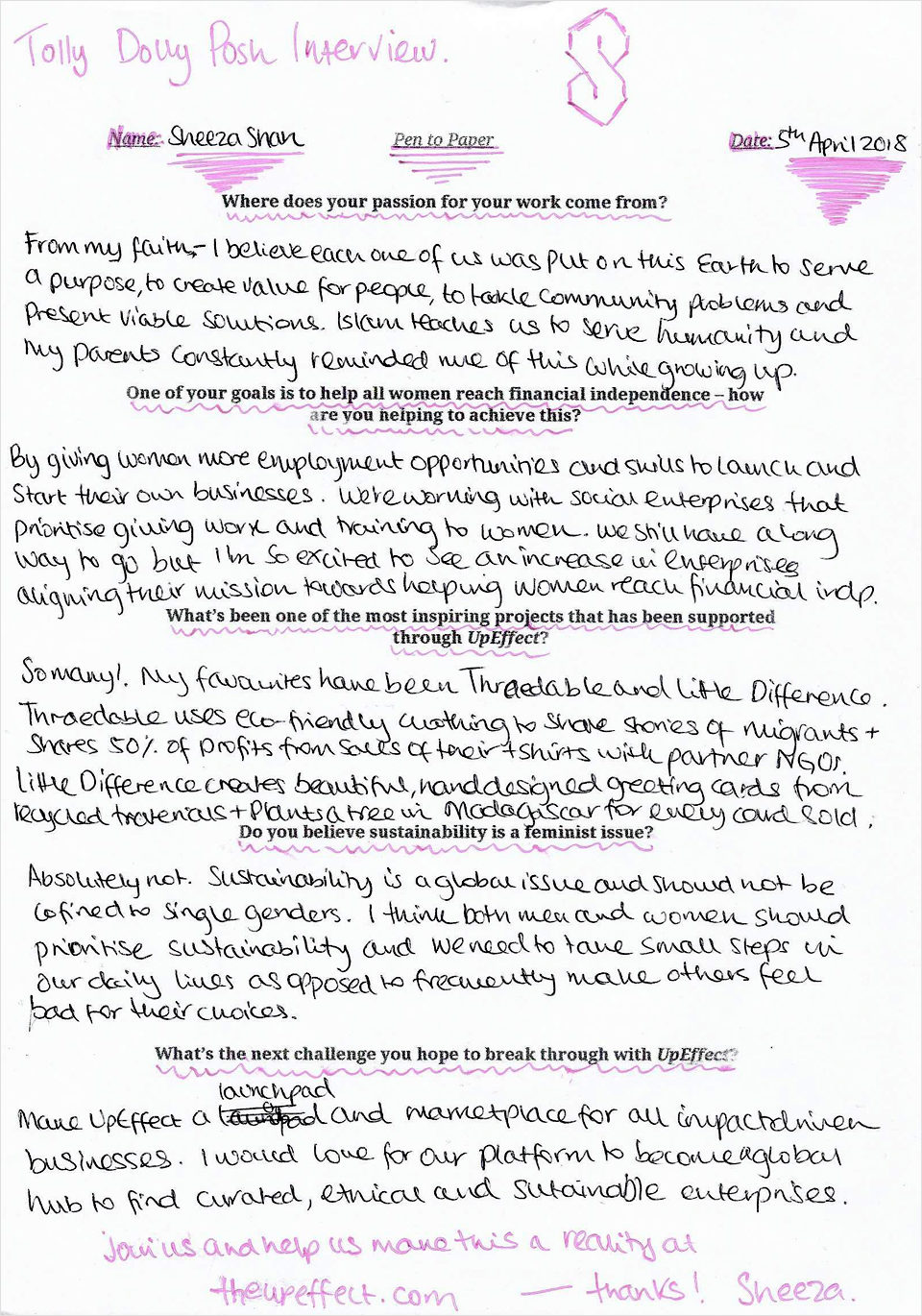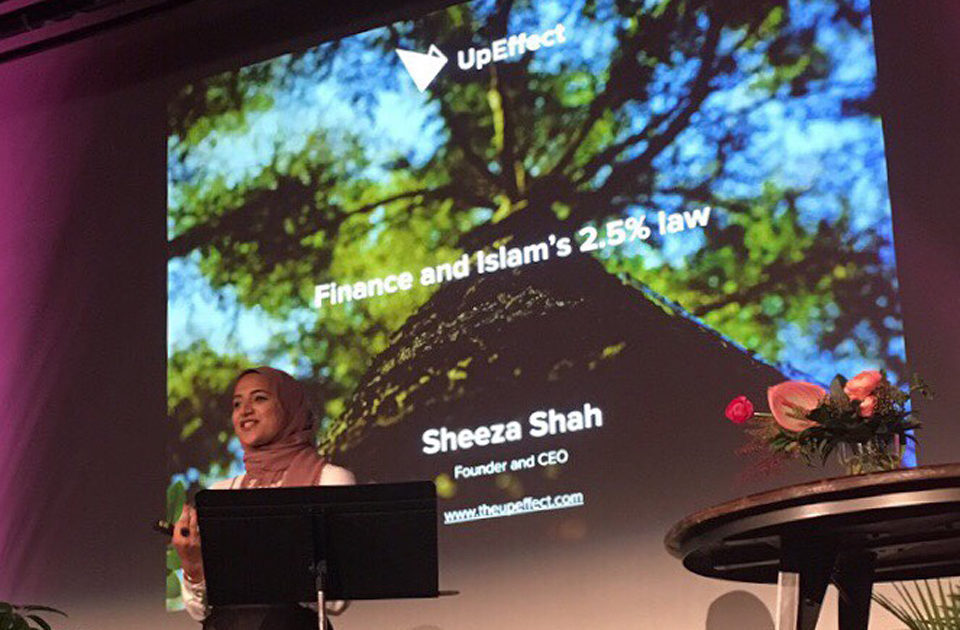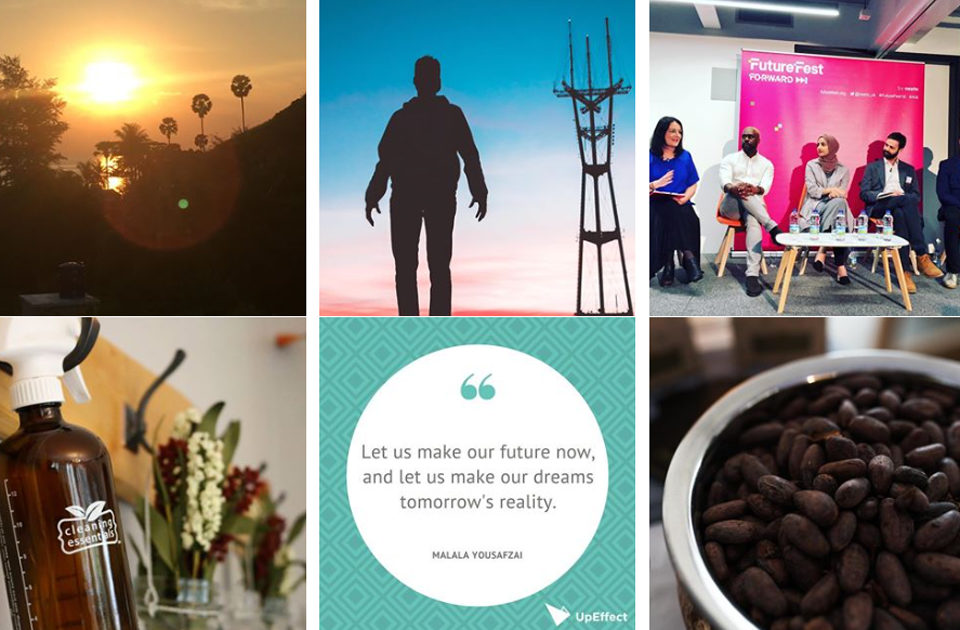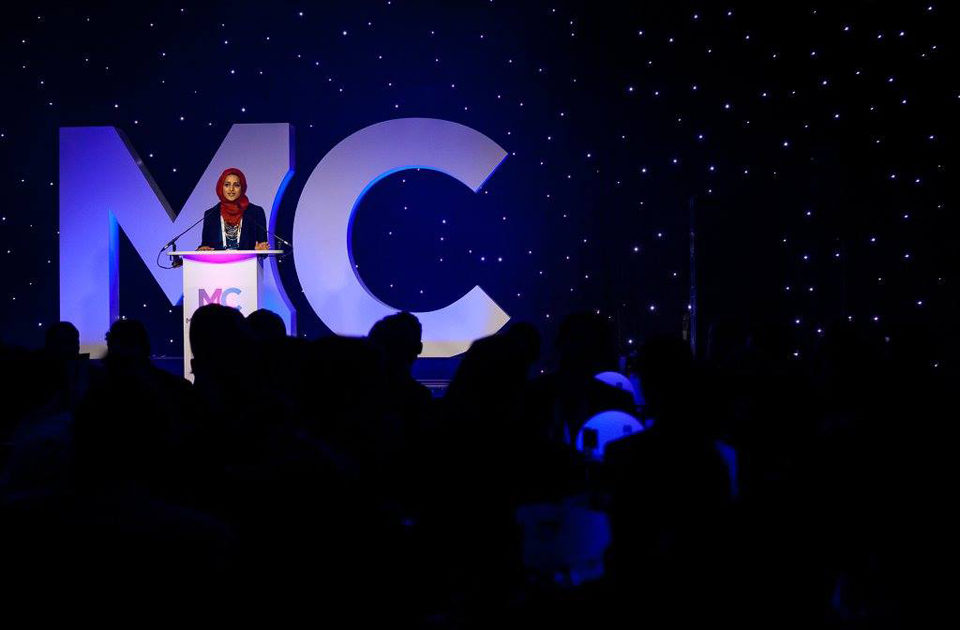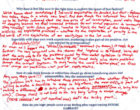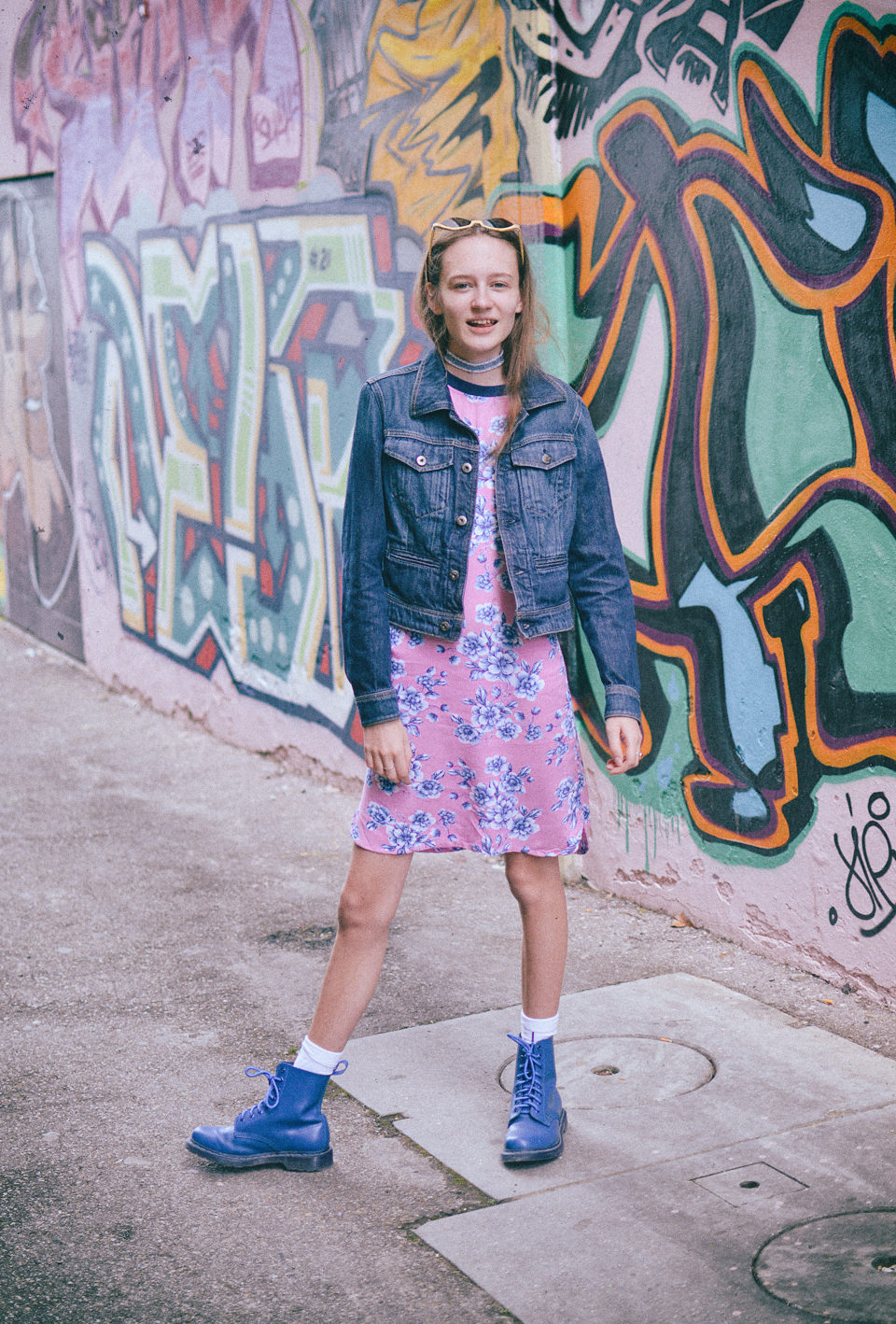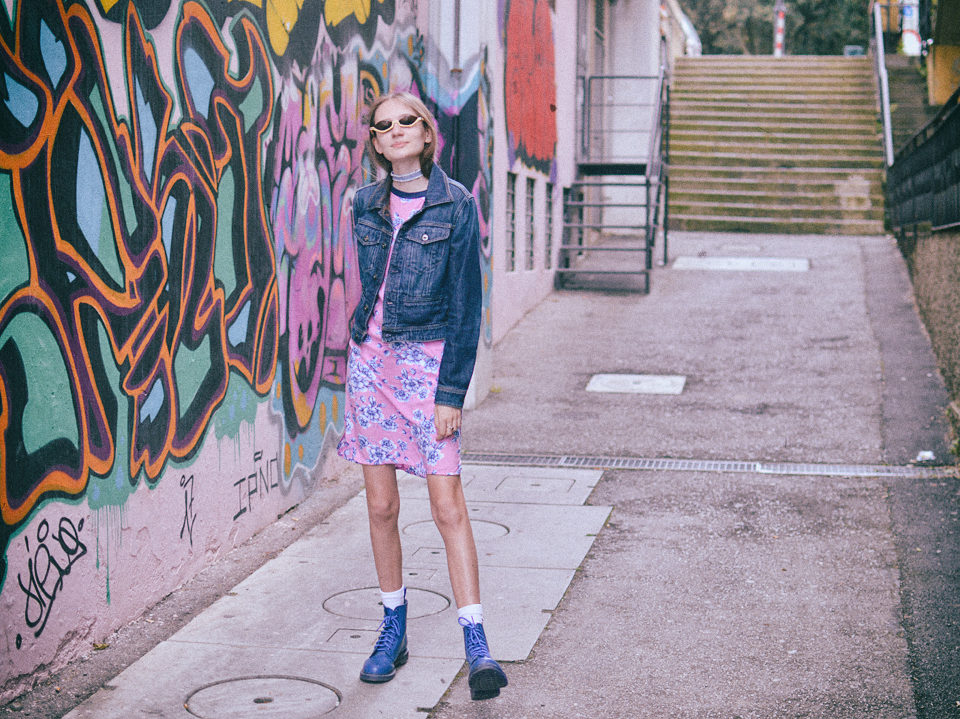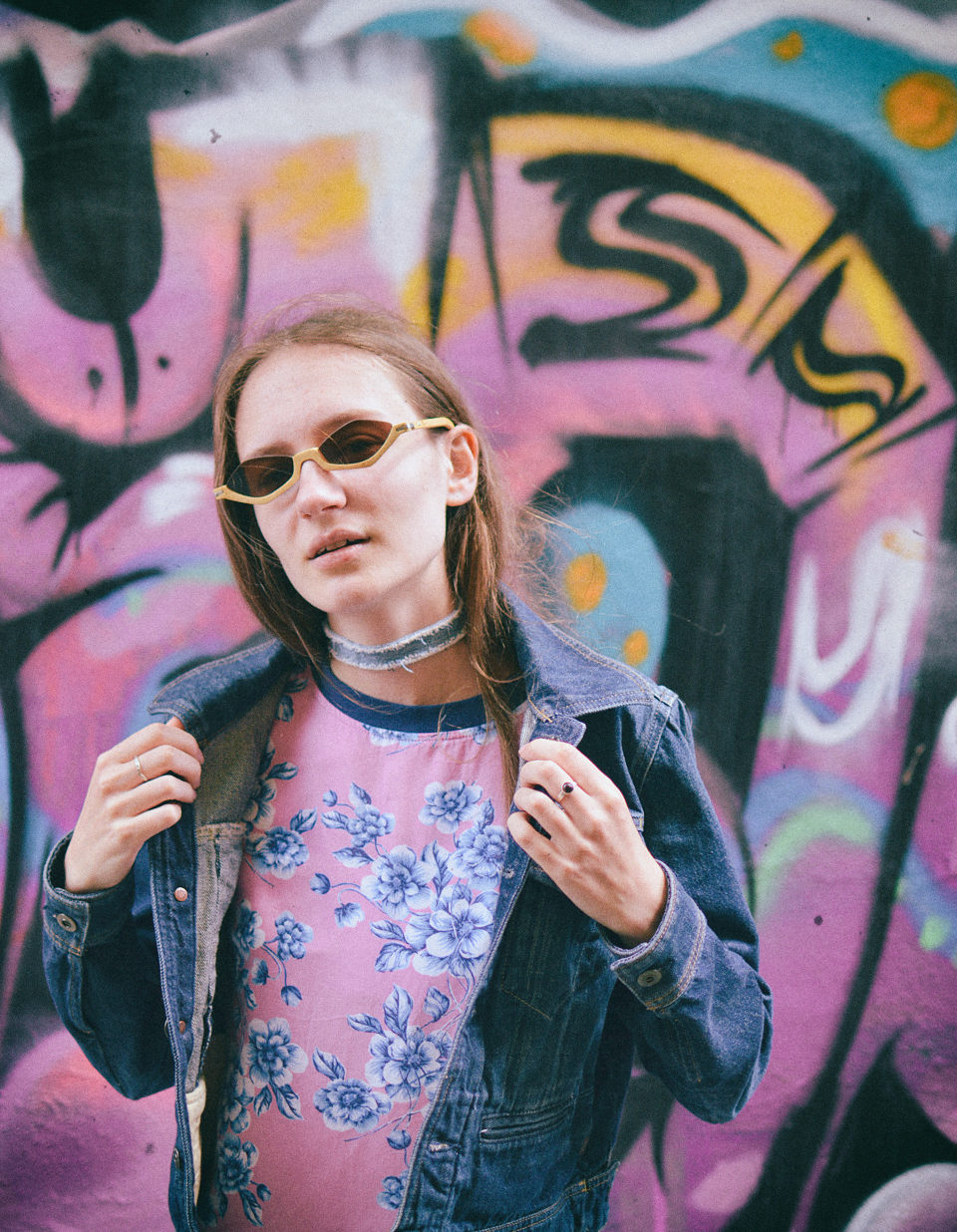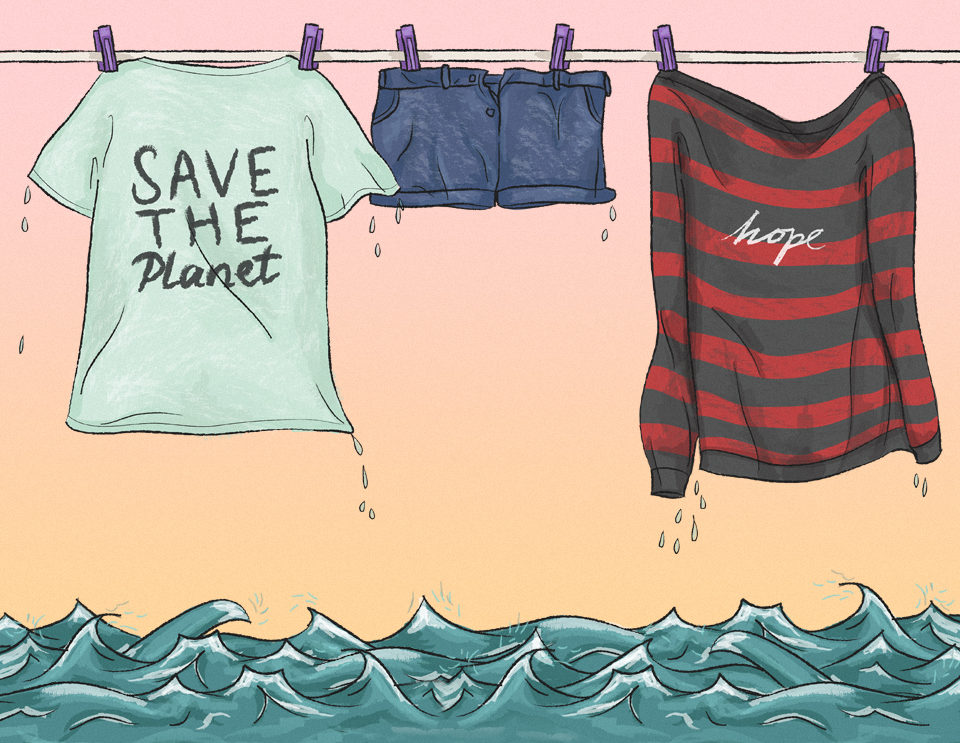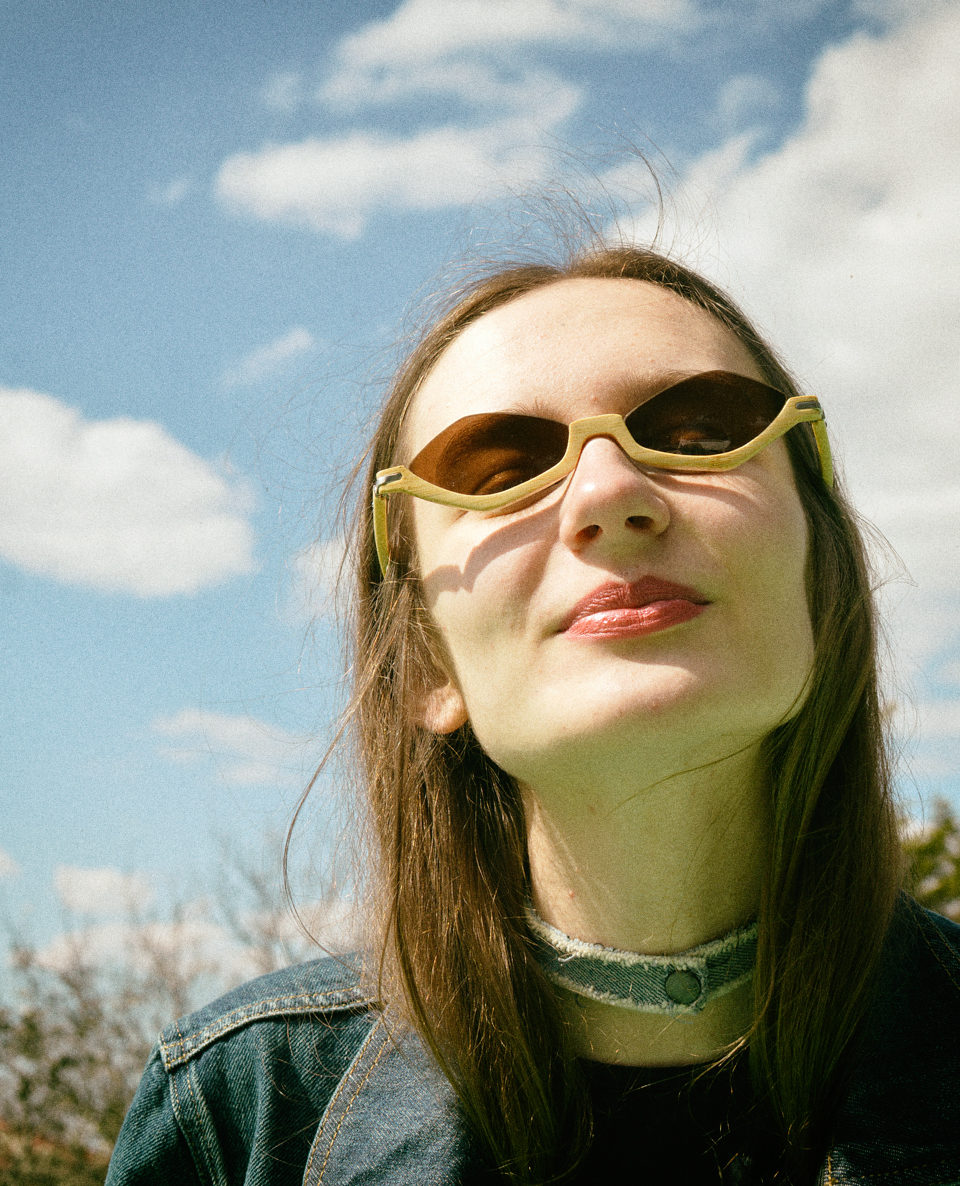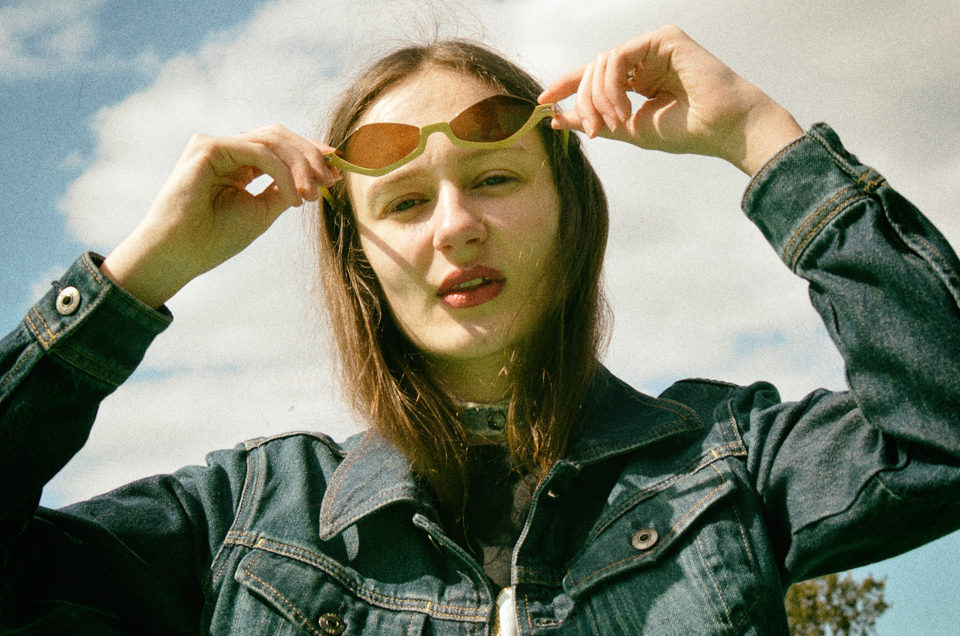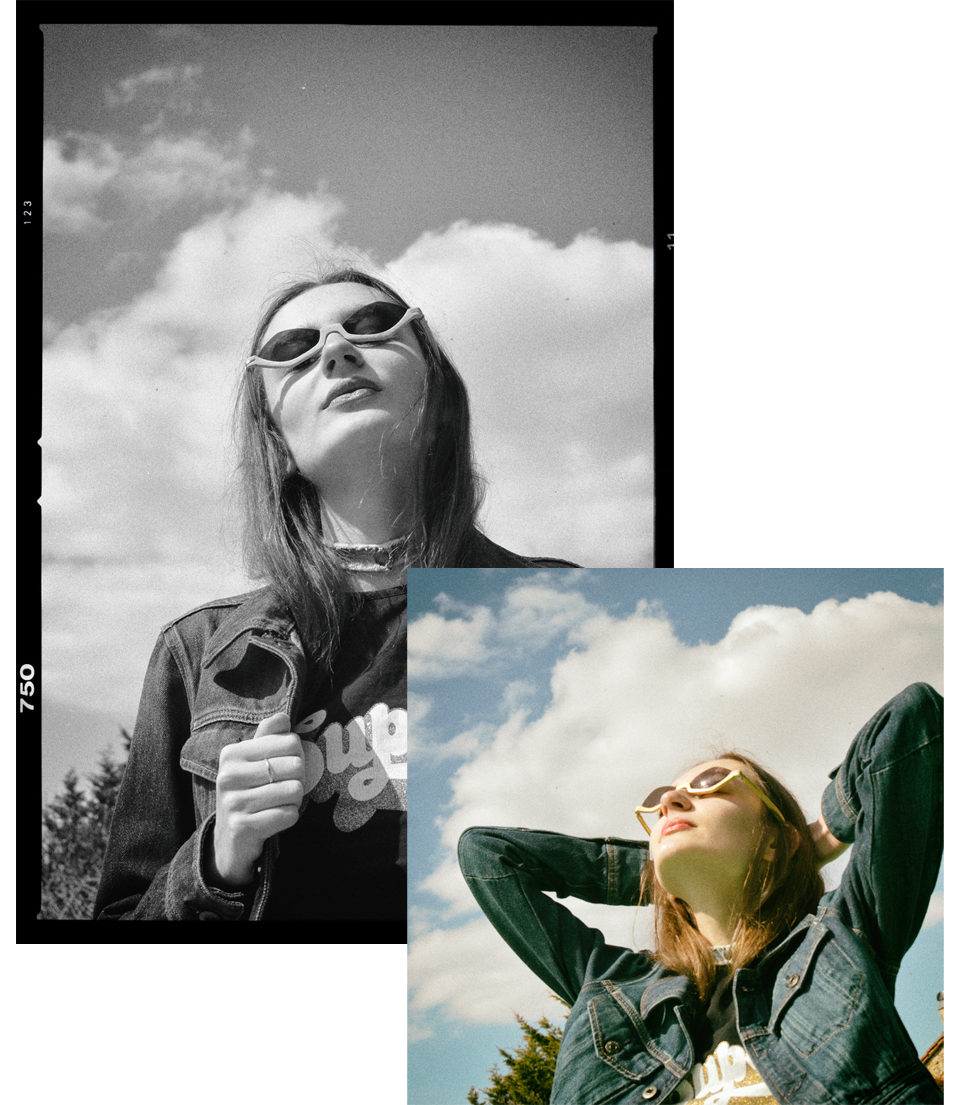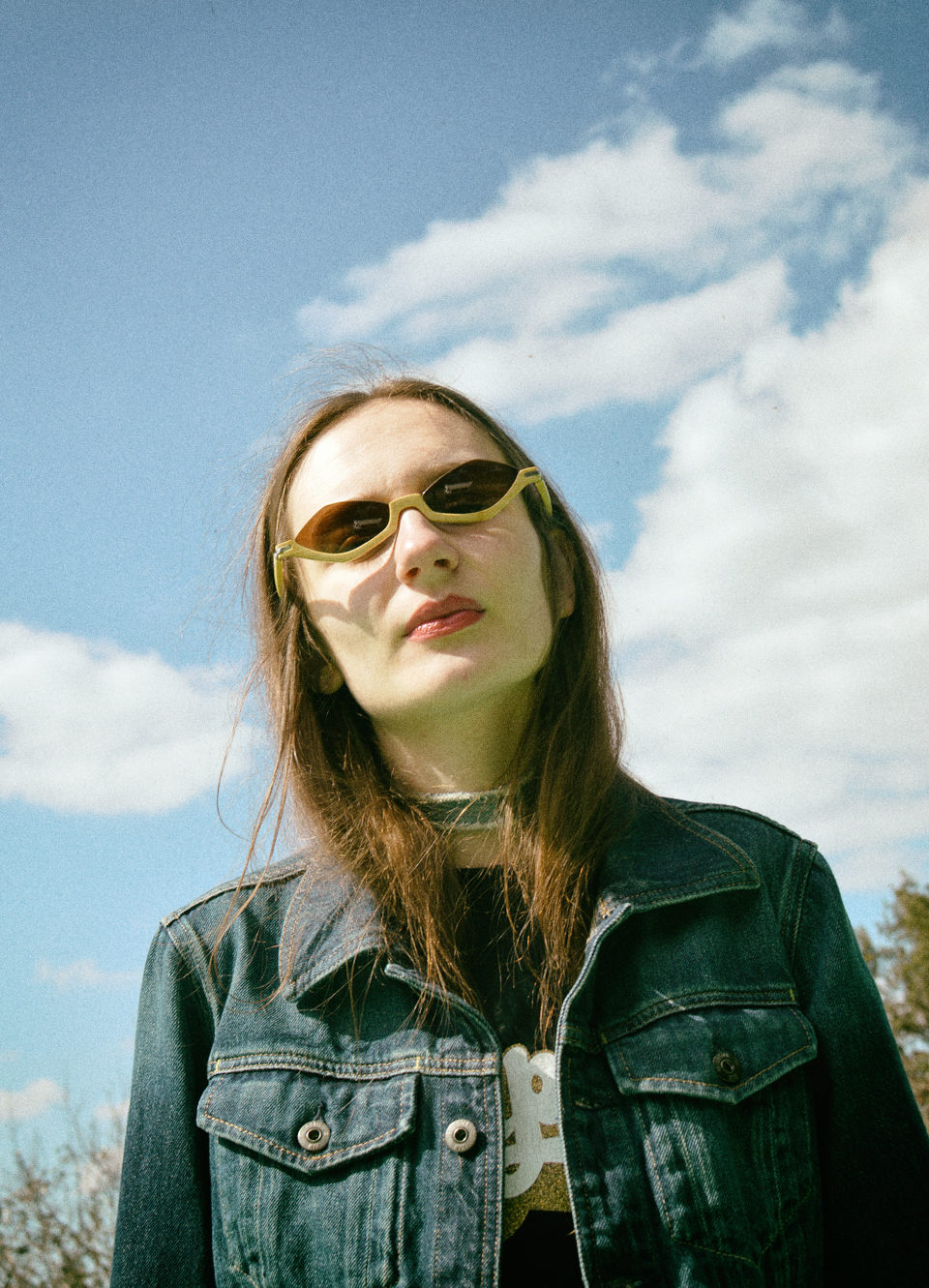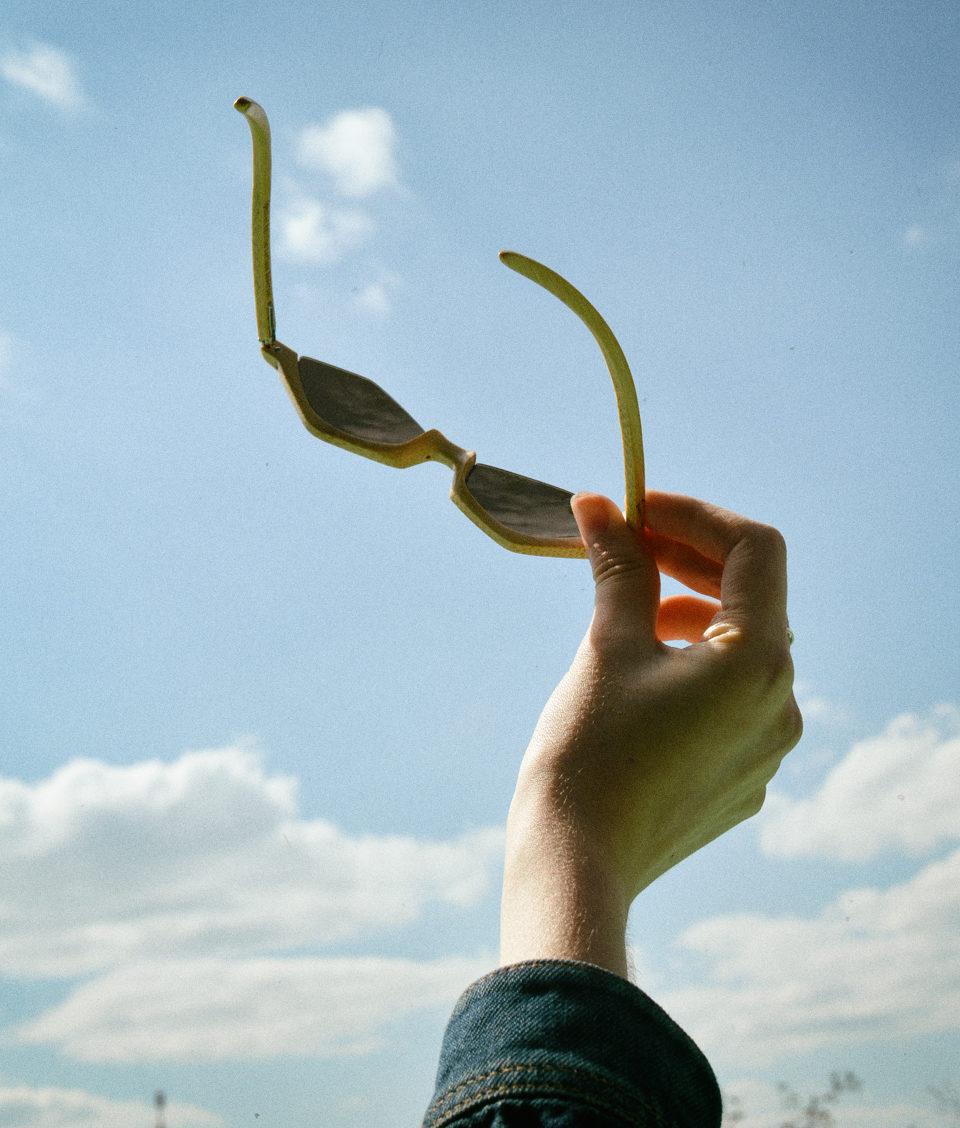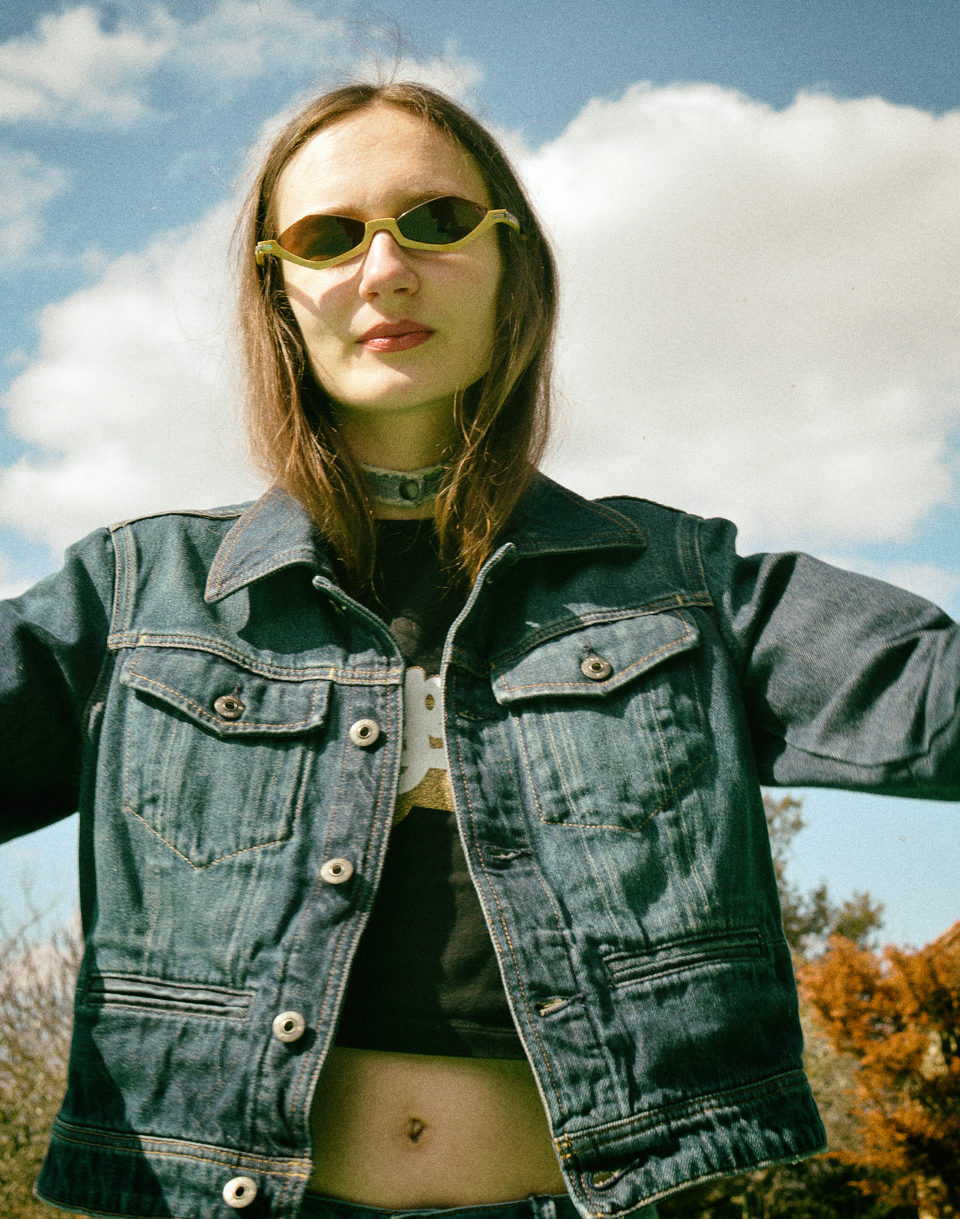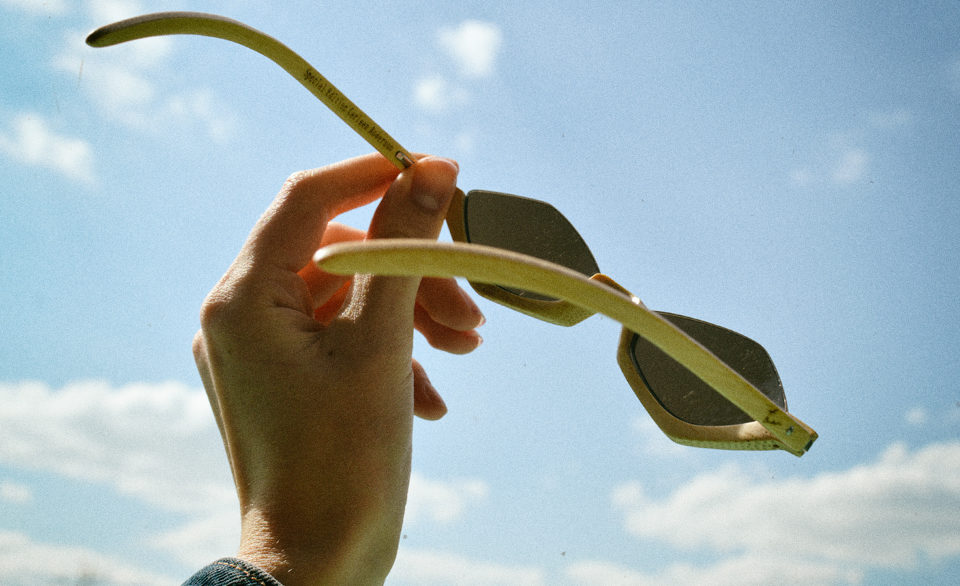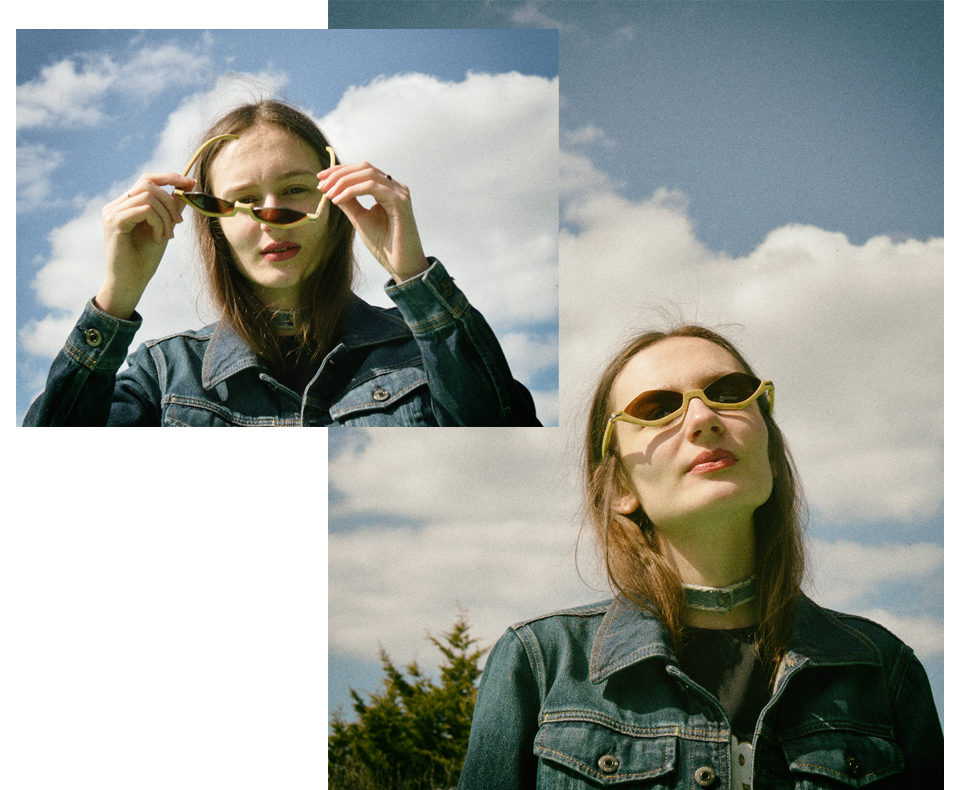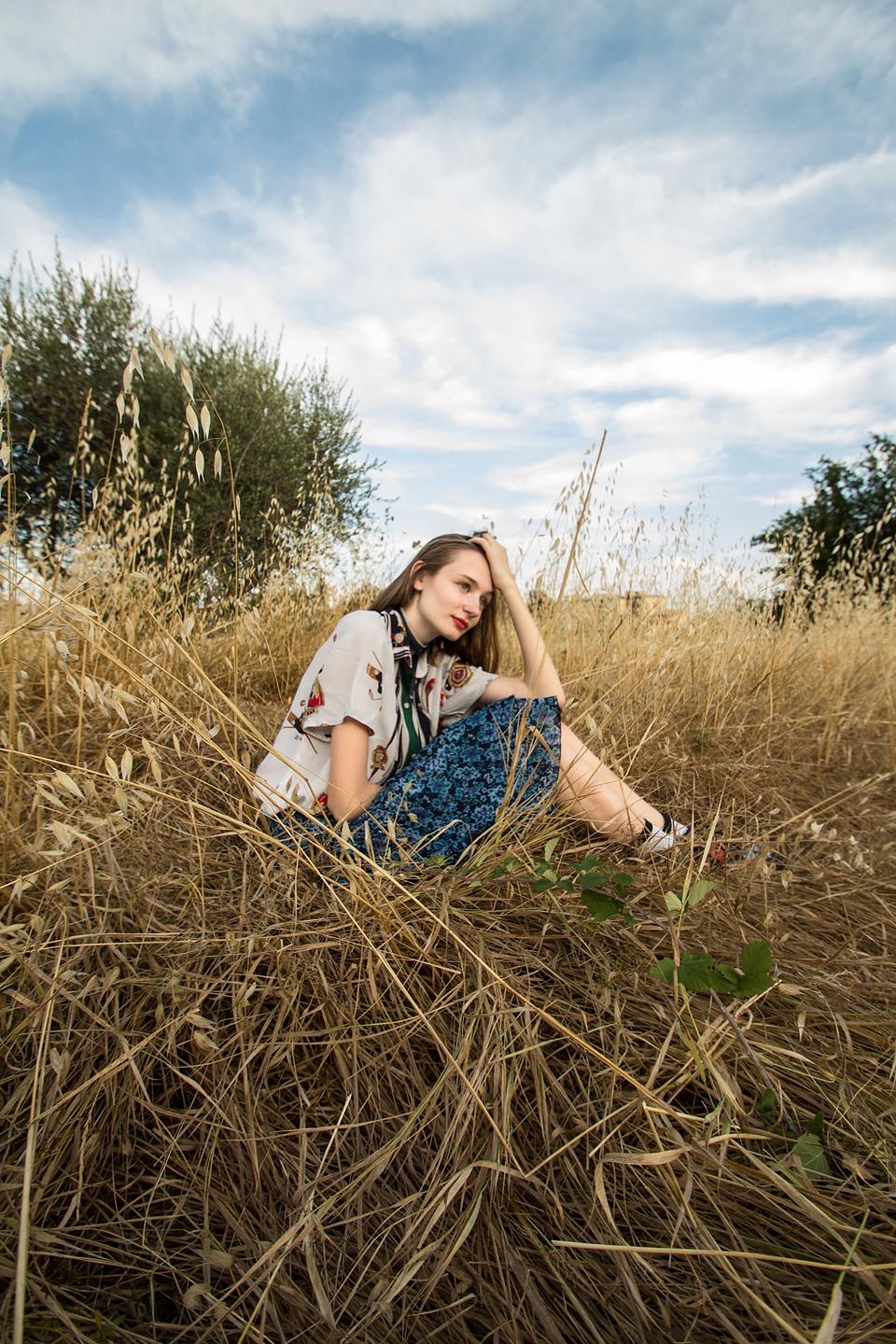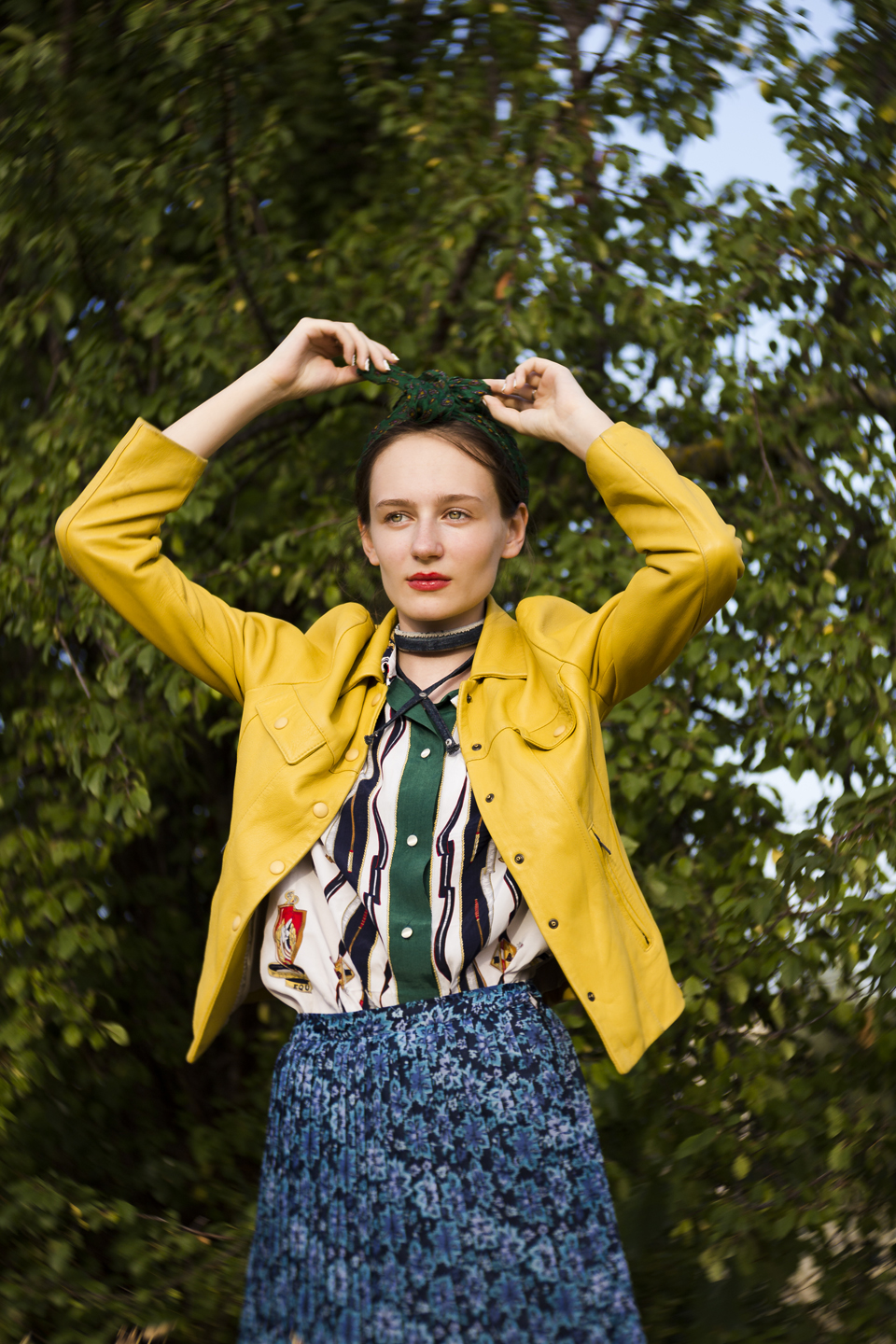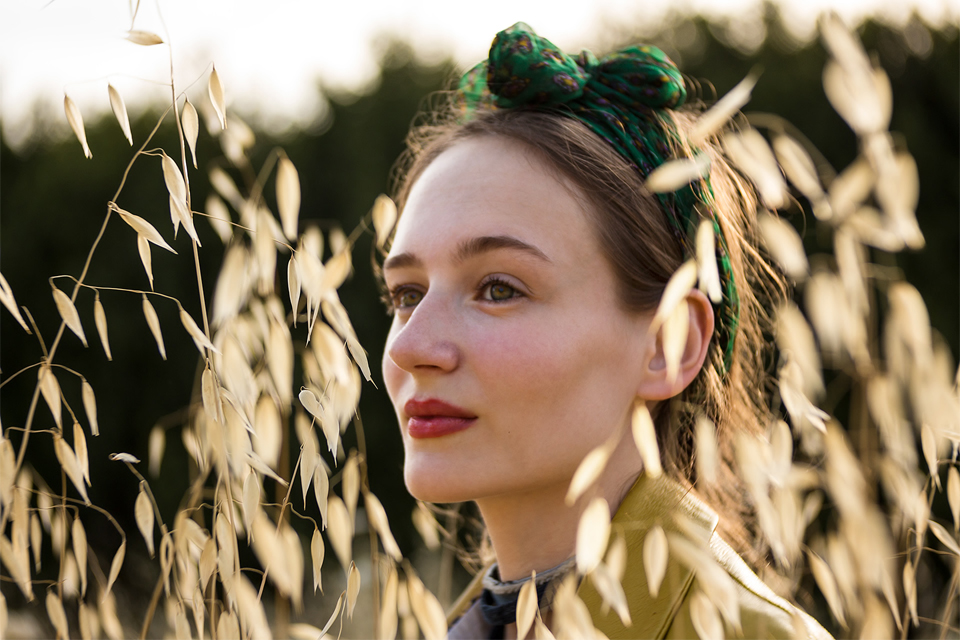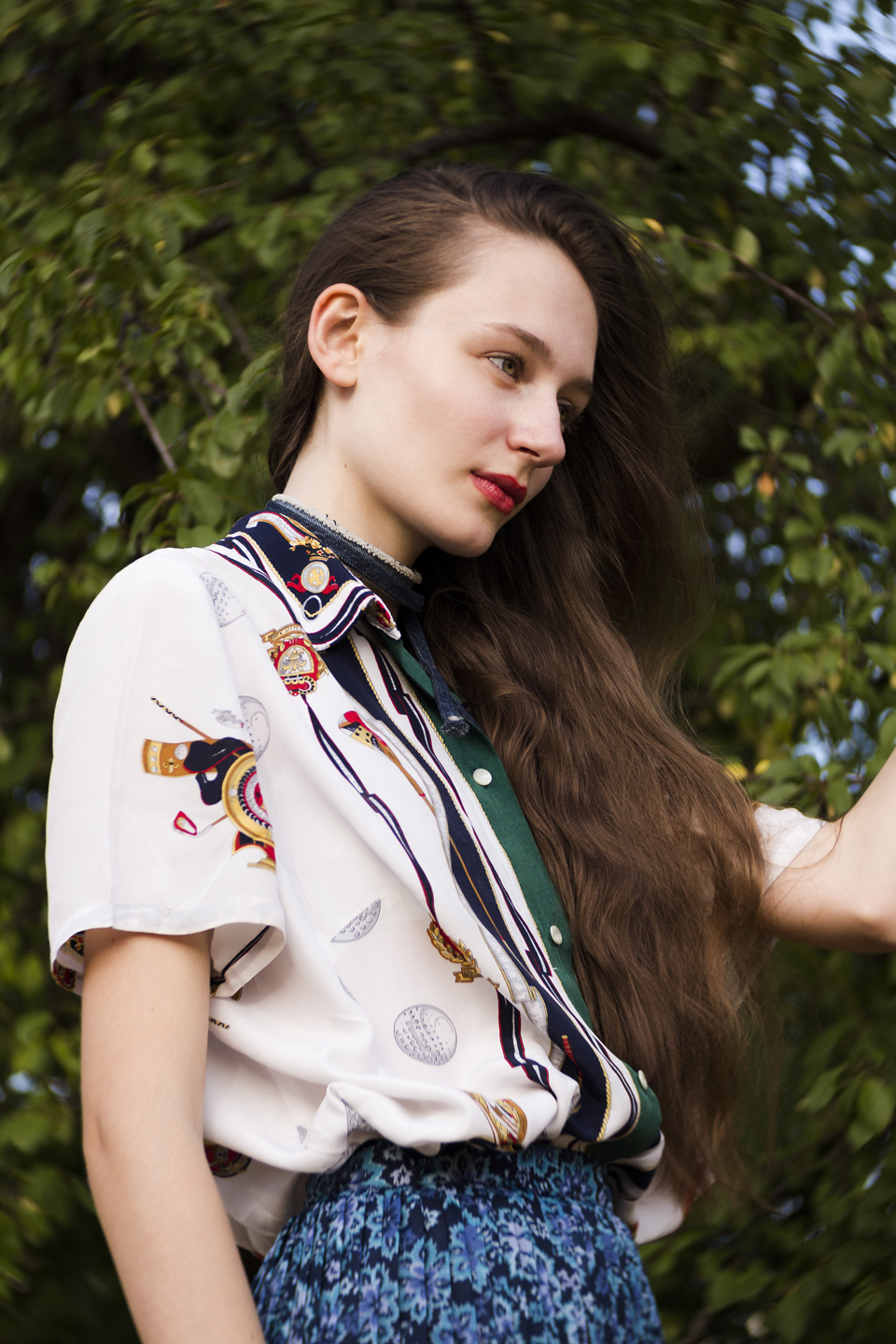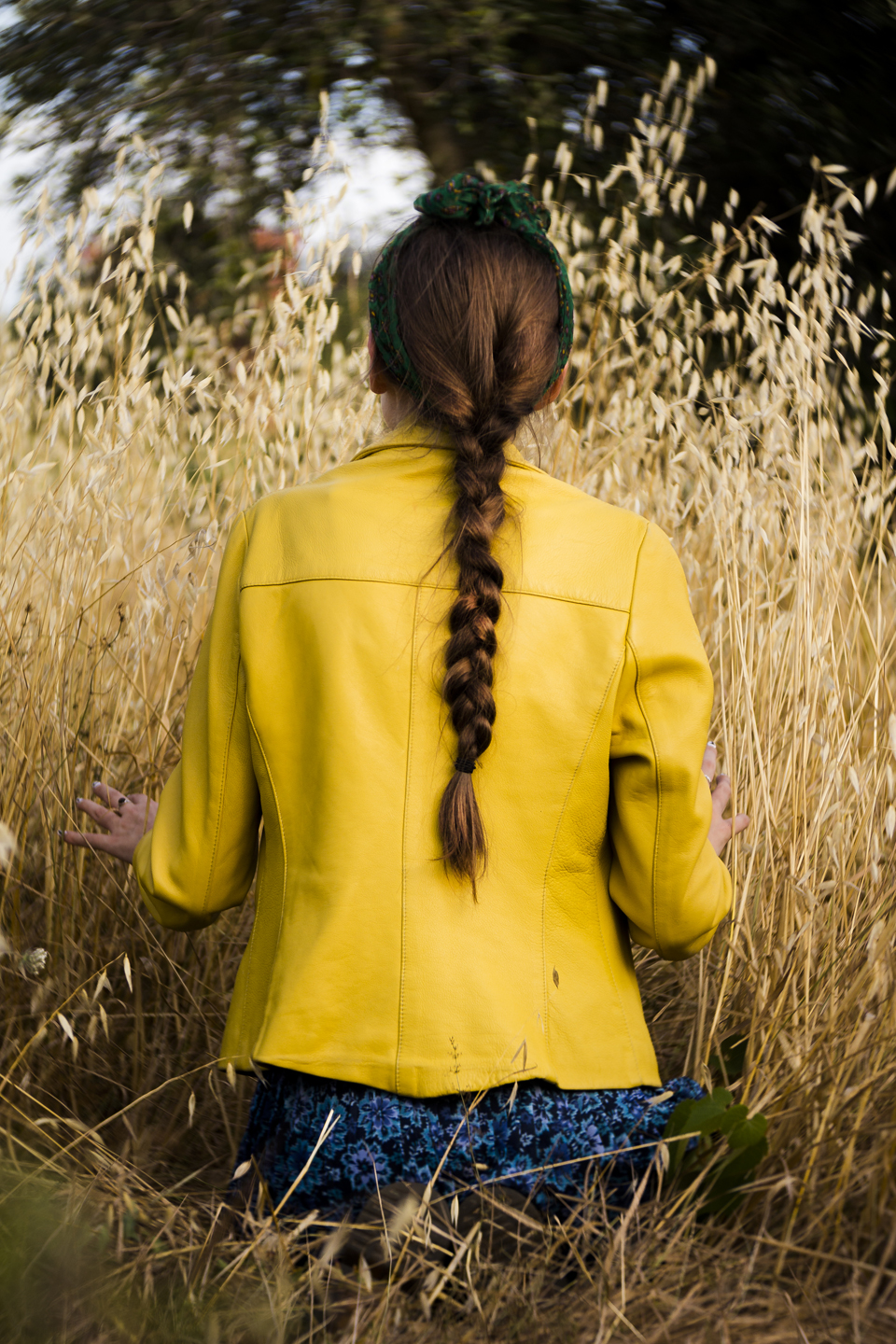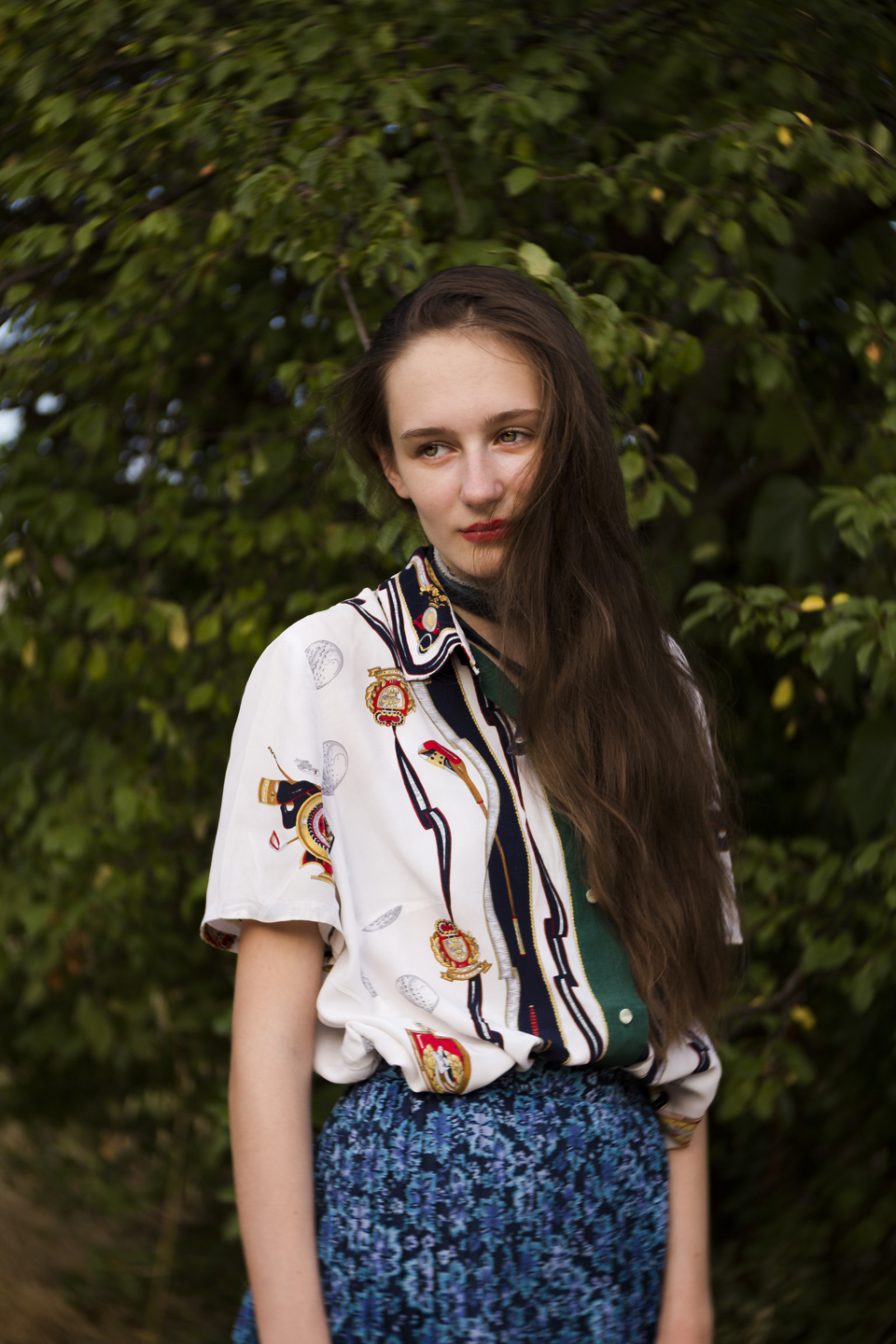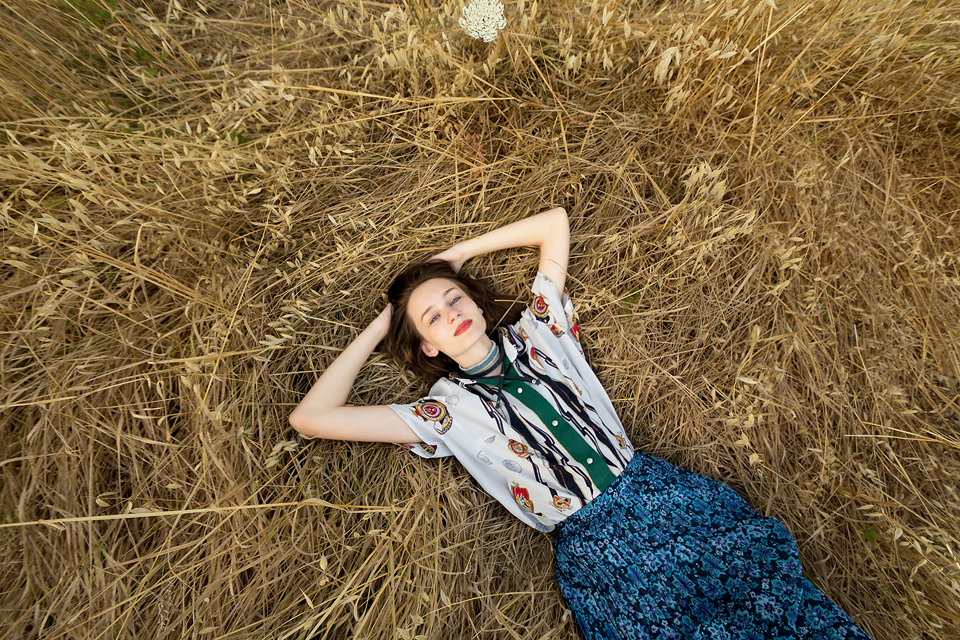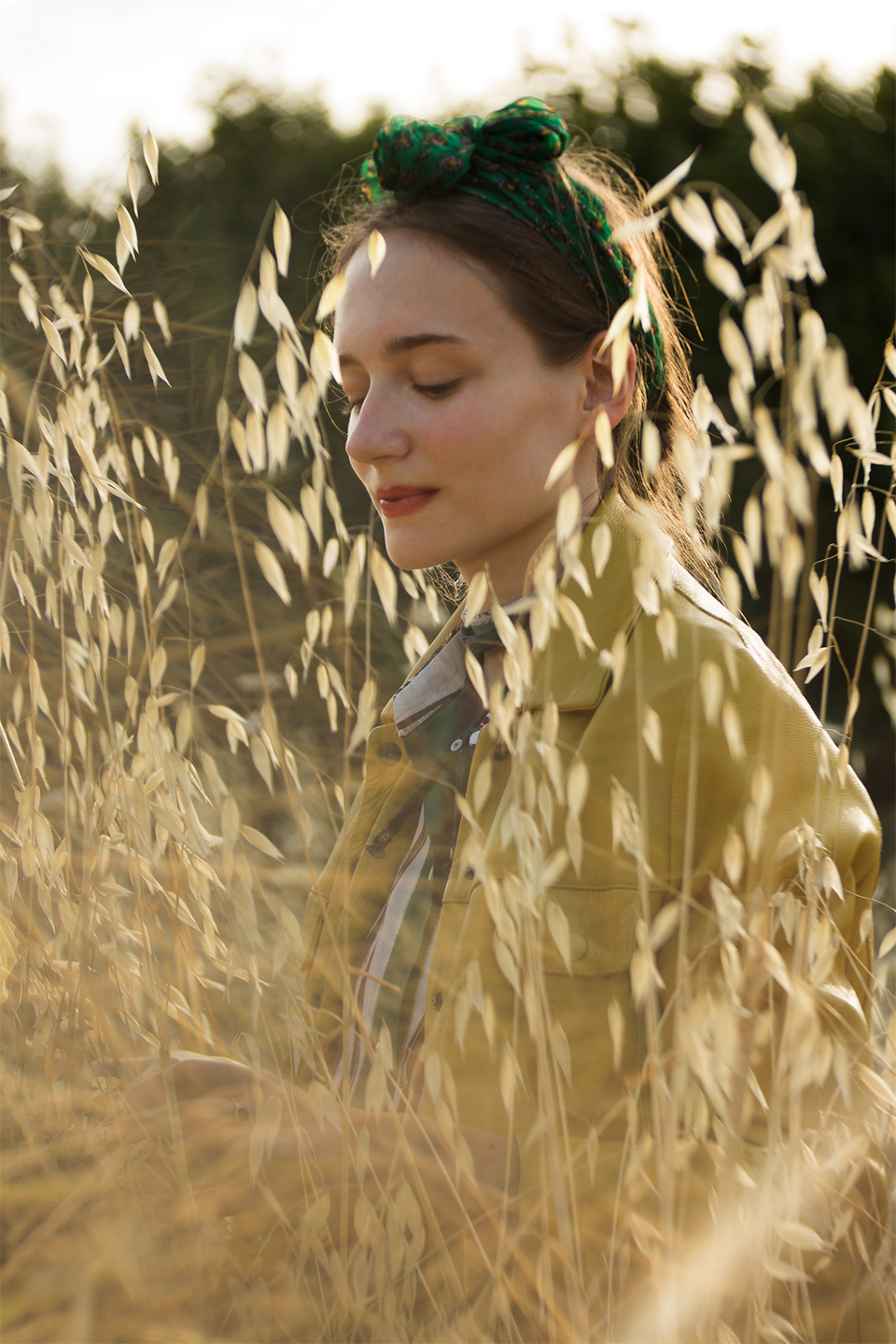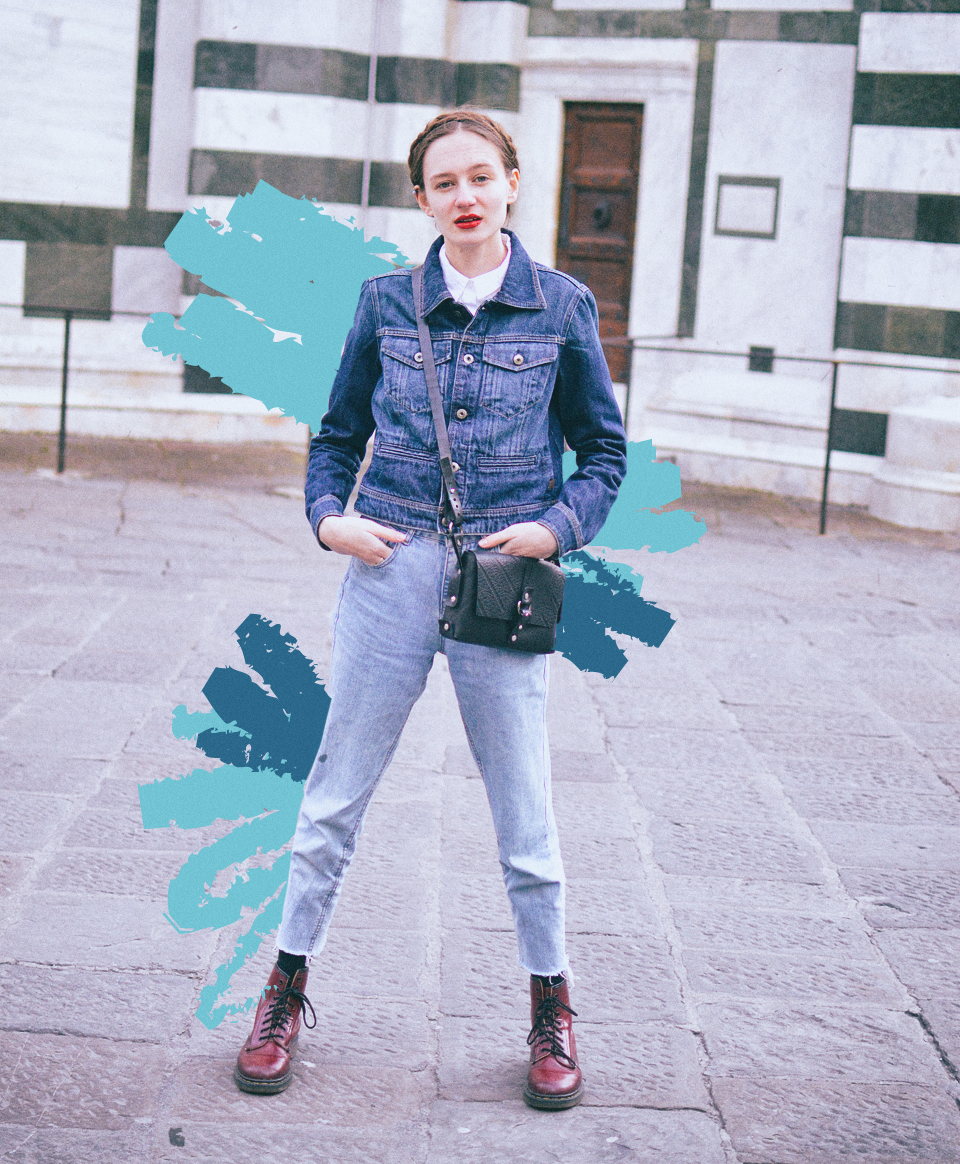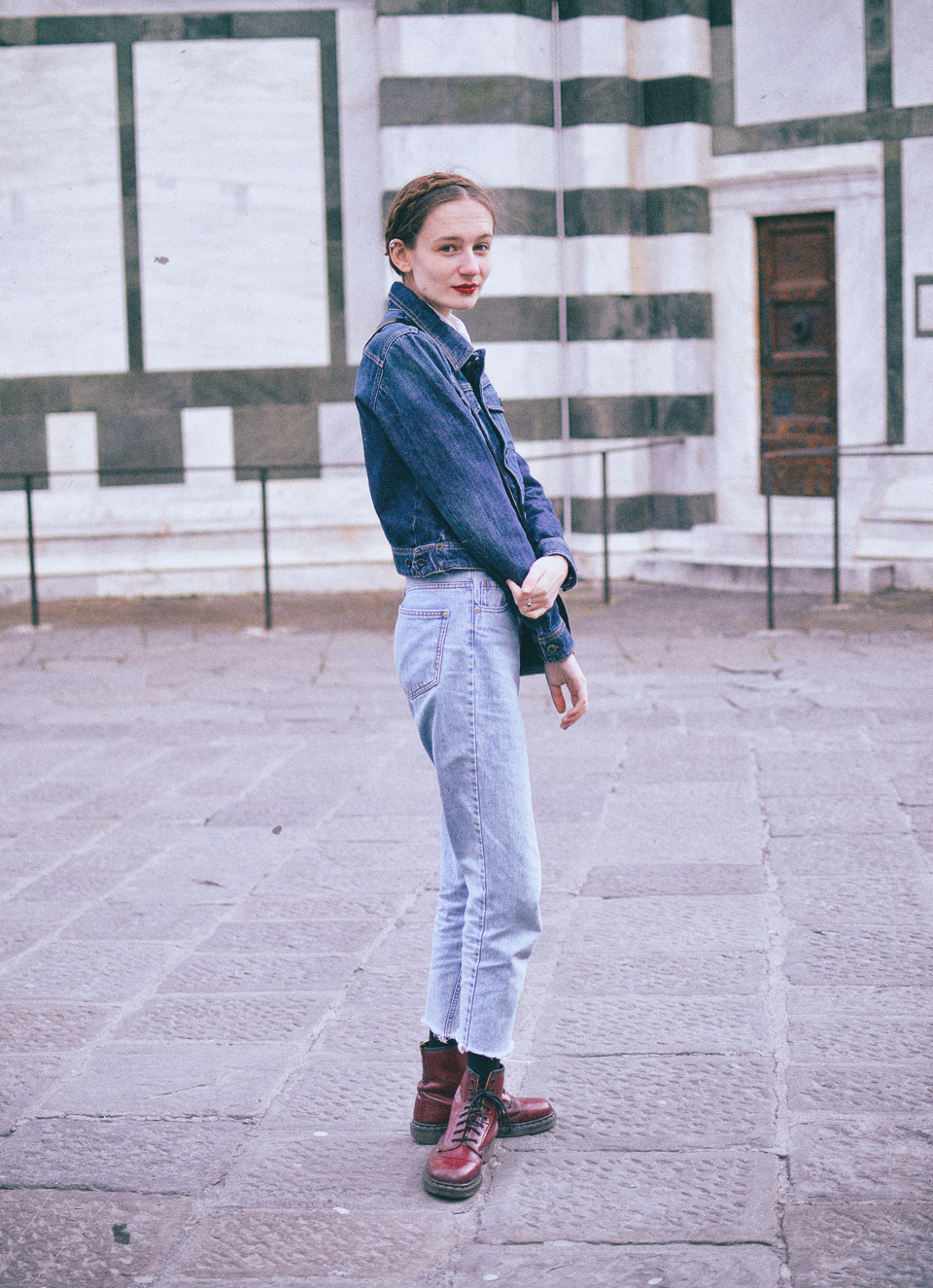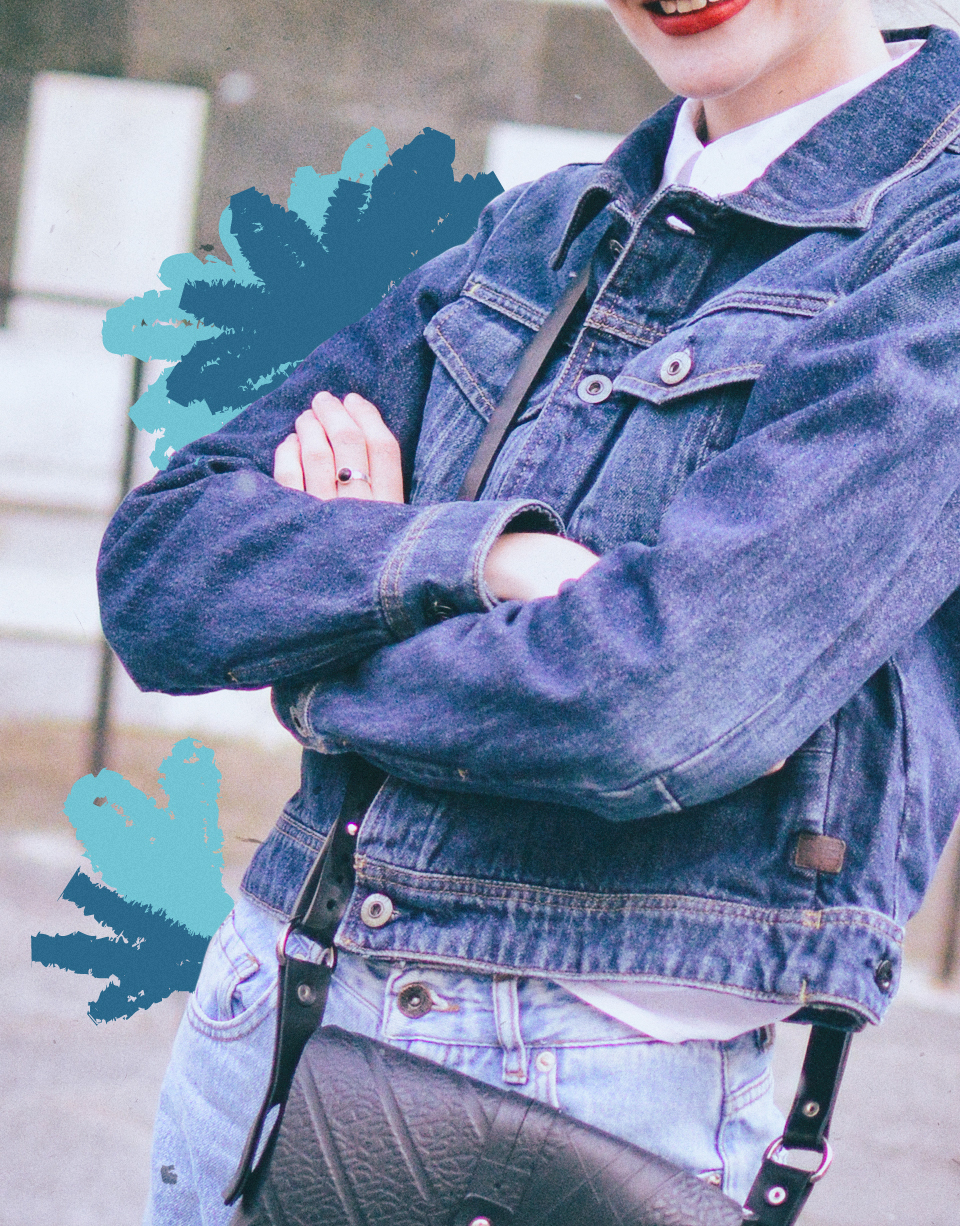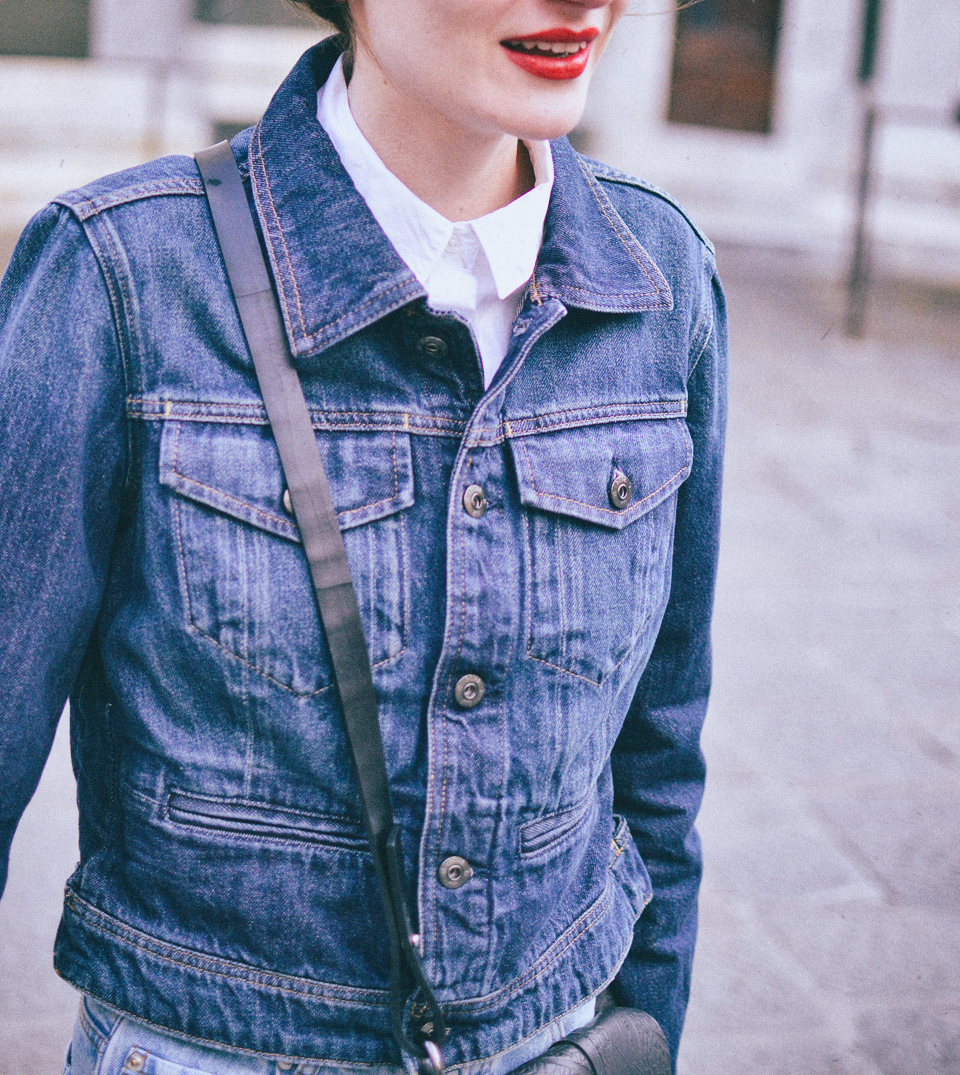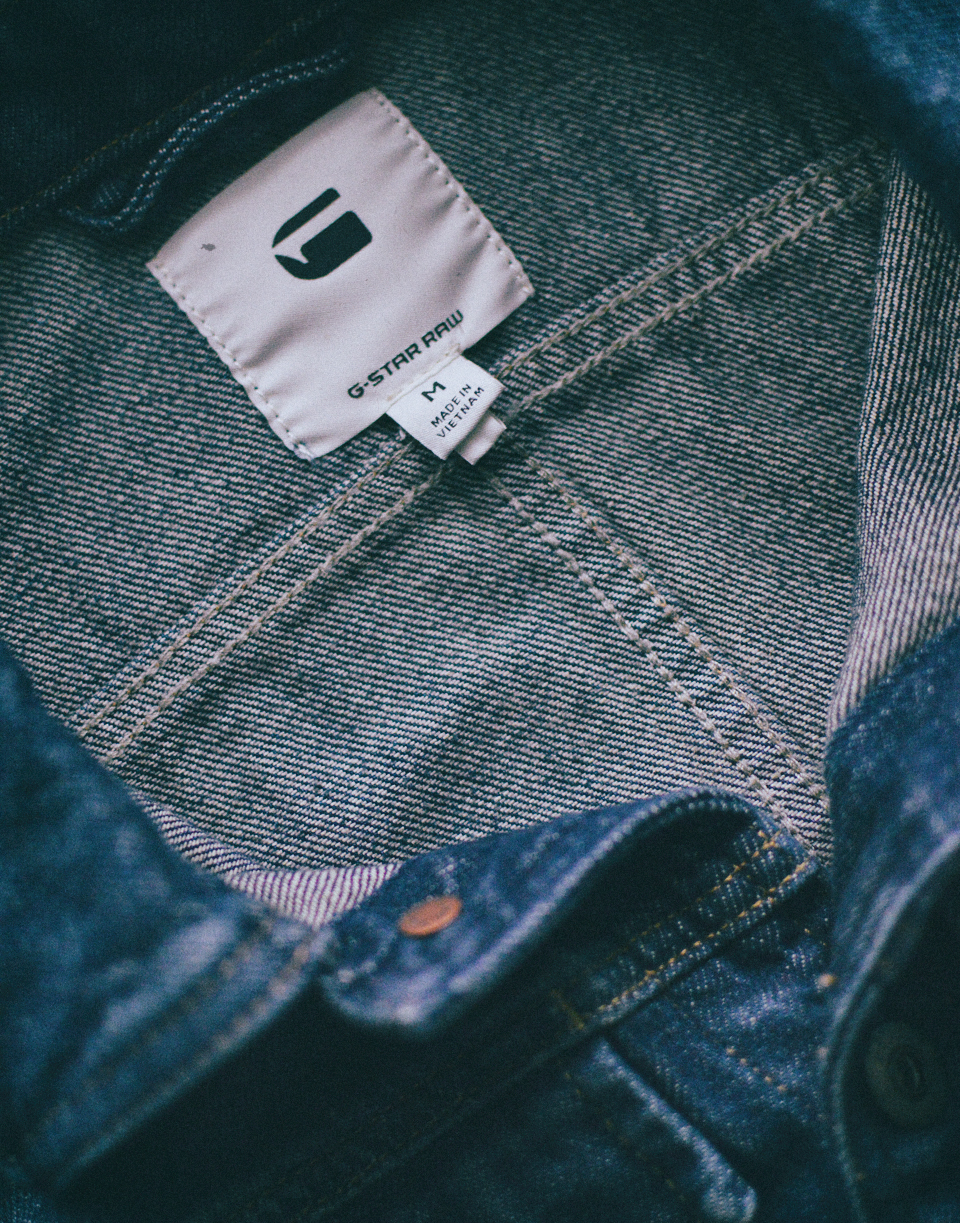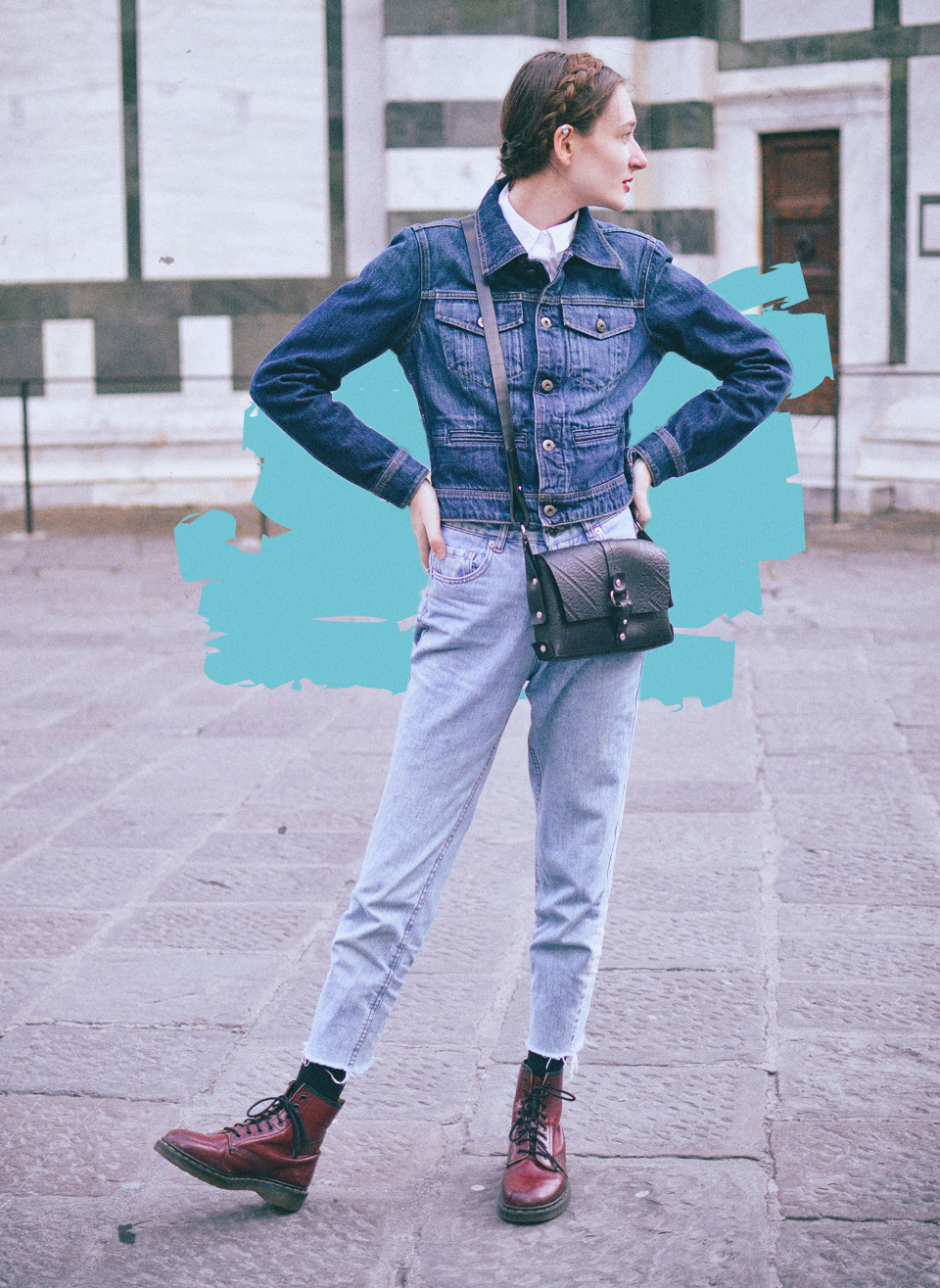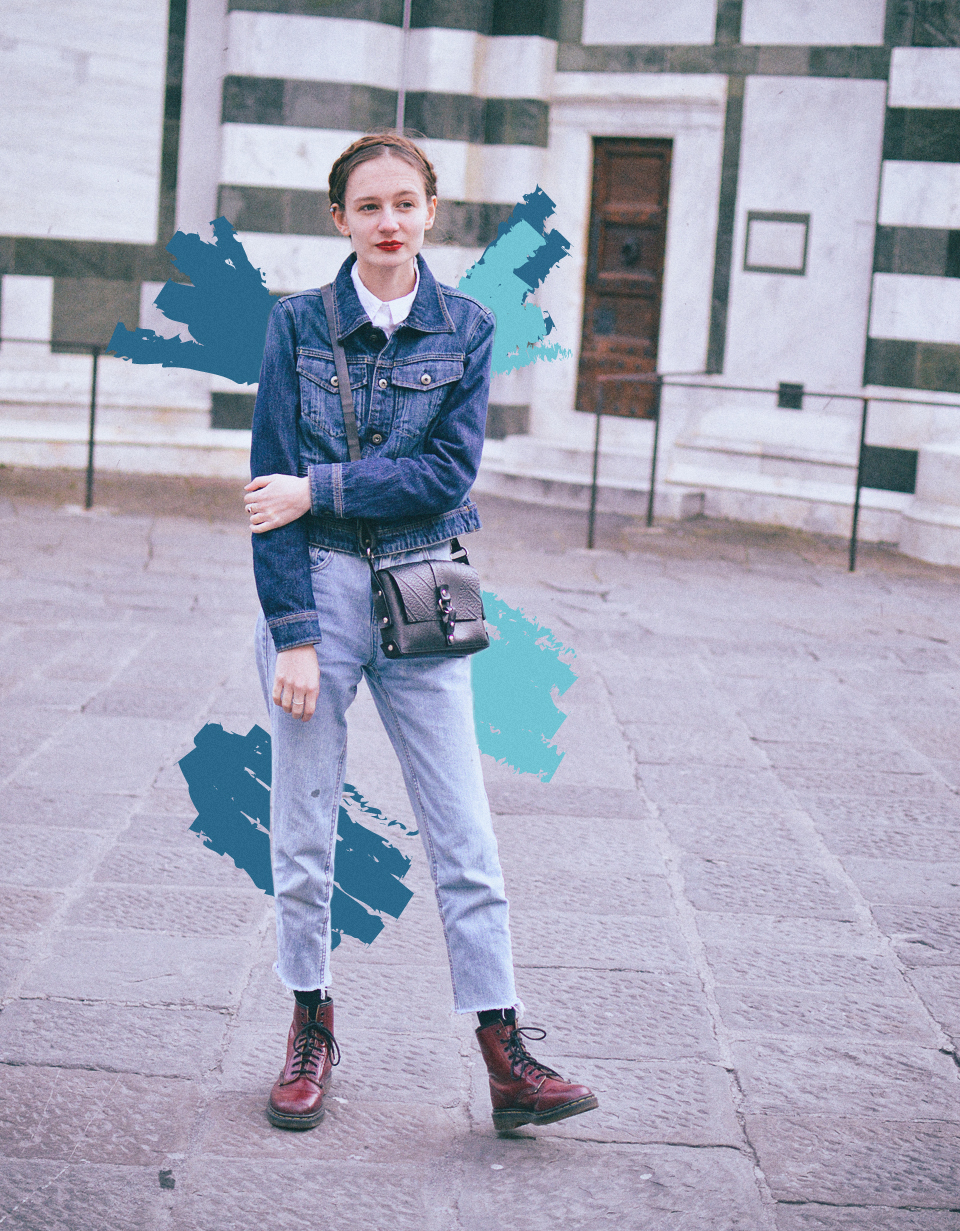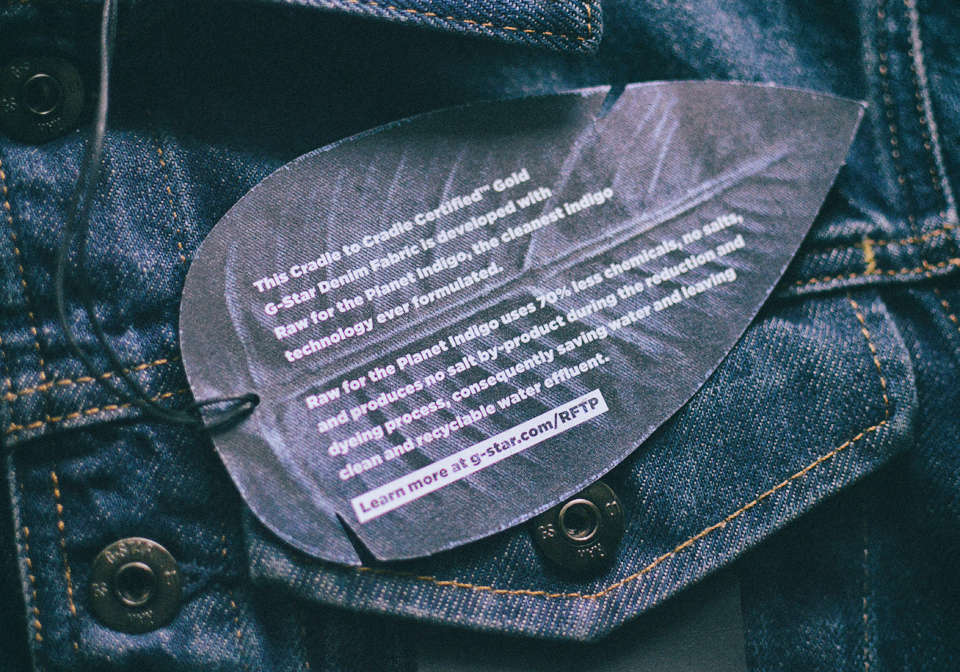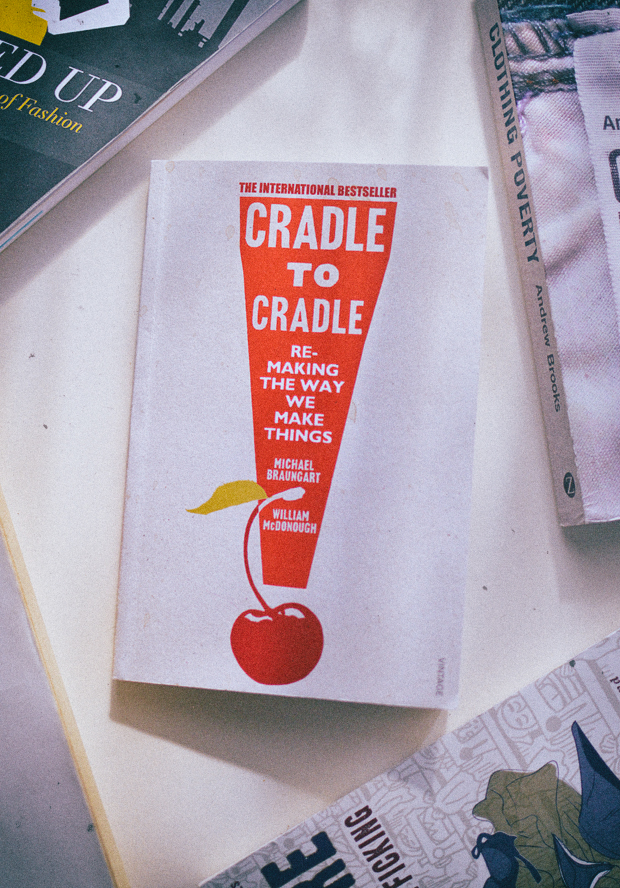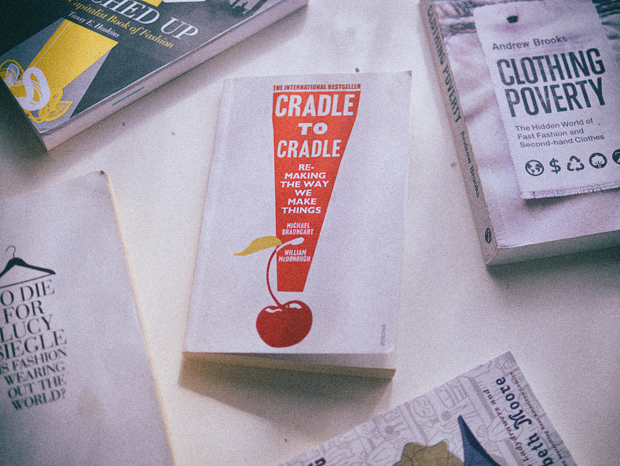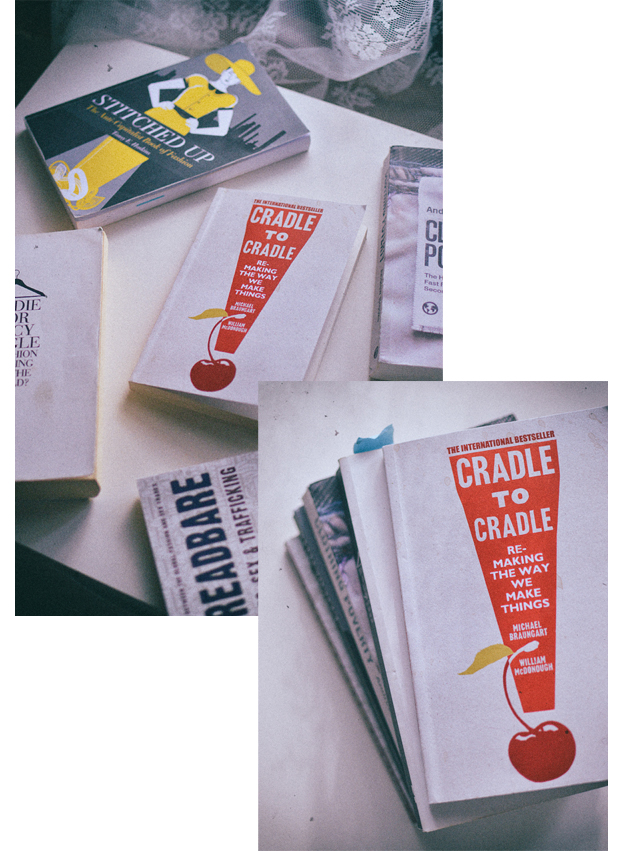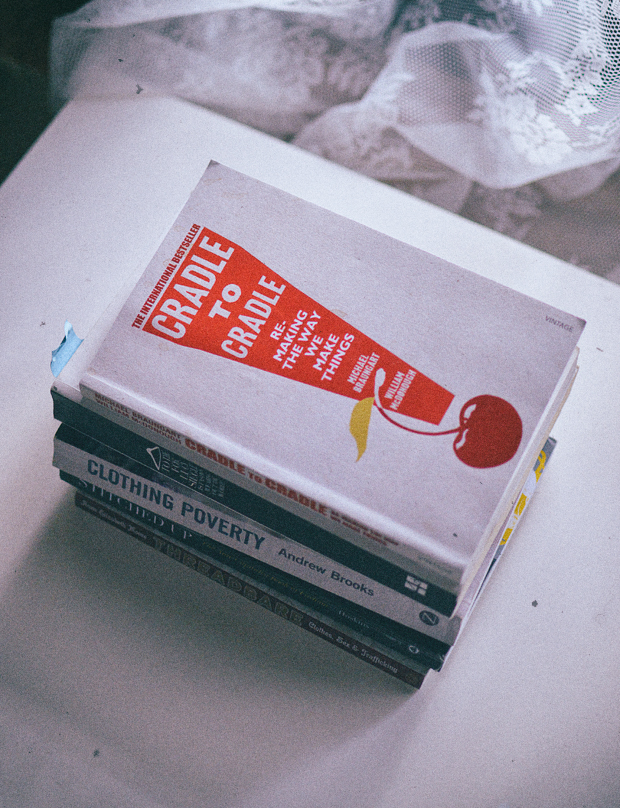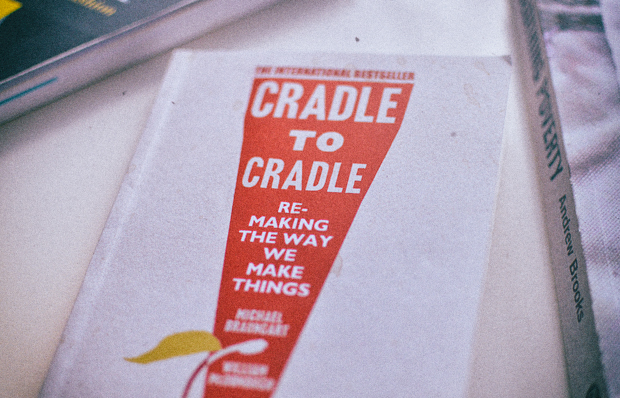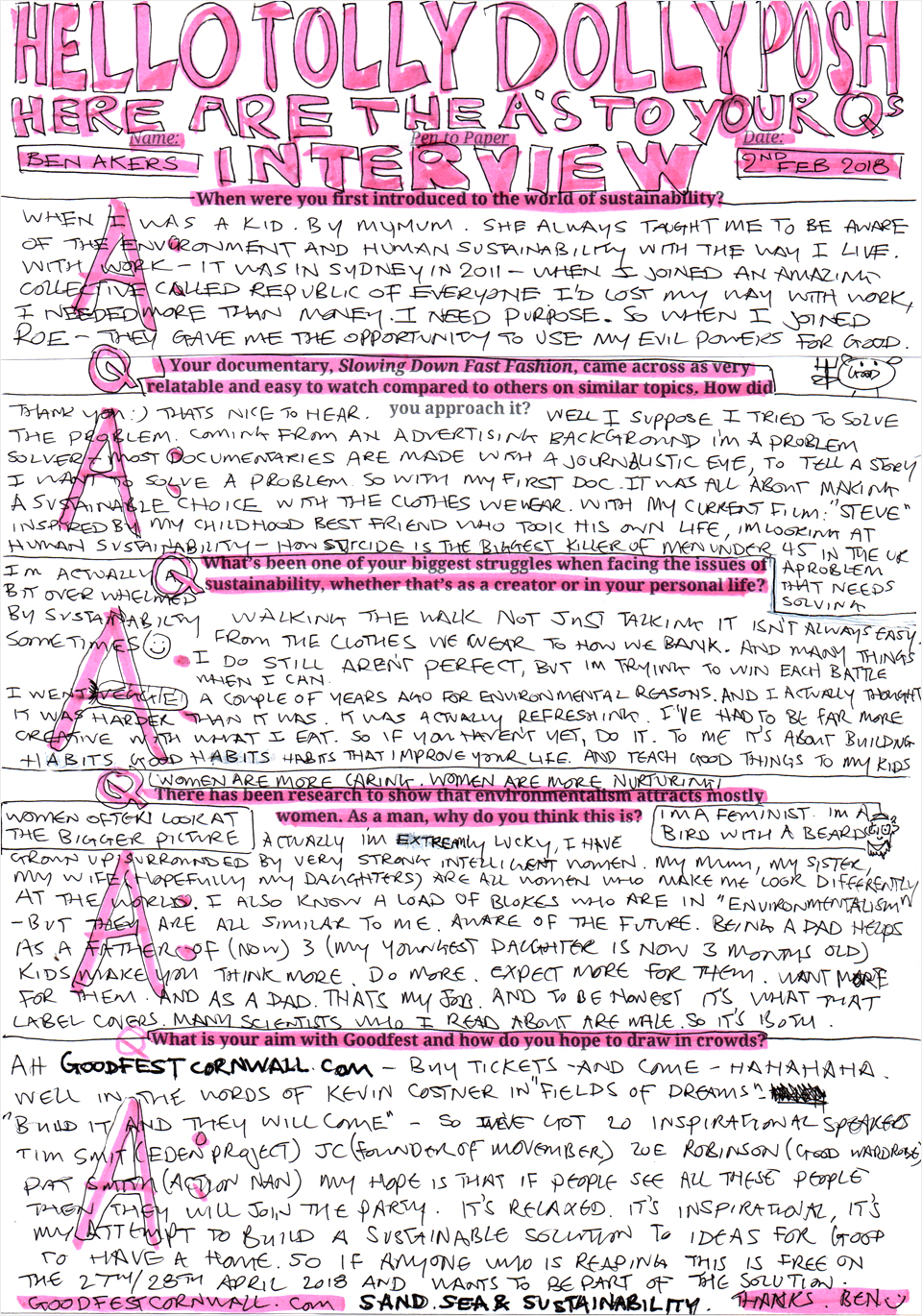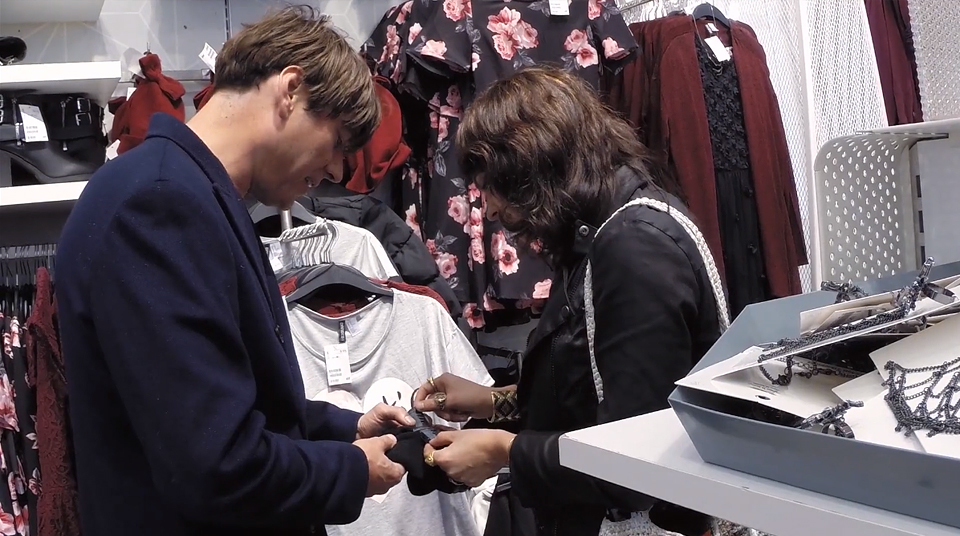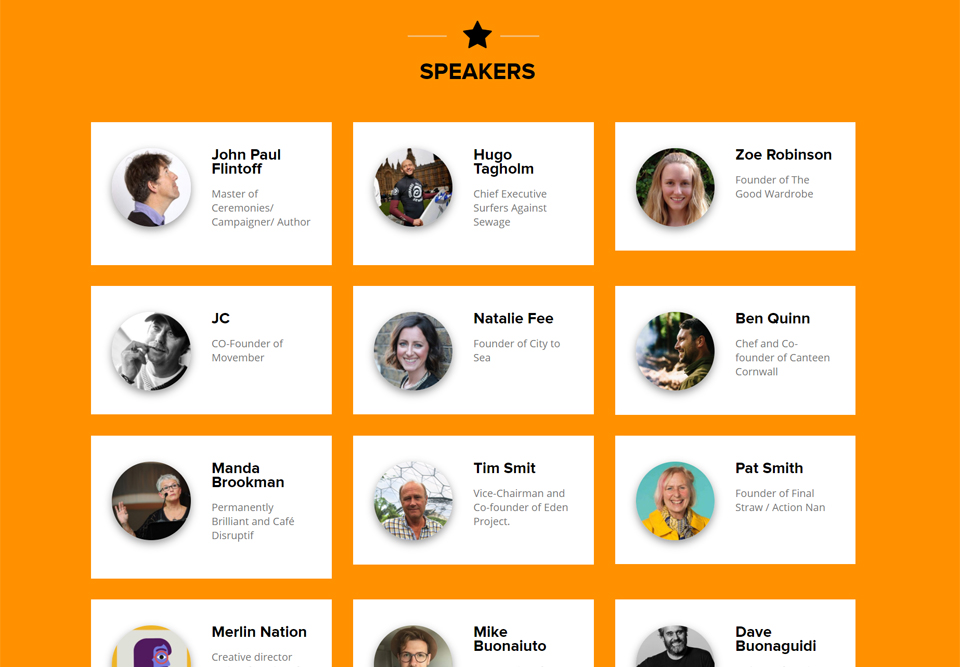Today, I’m putting ethics and sustainability to one side. Today, I’m talking about body hair.
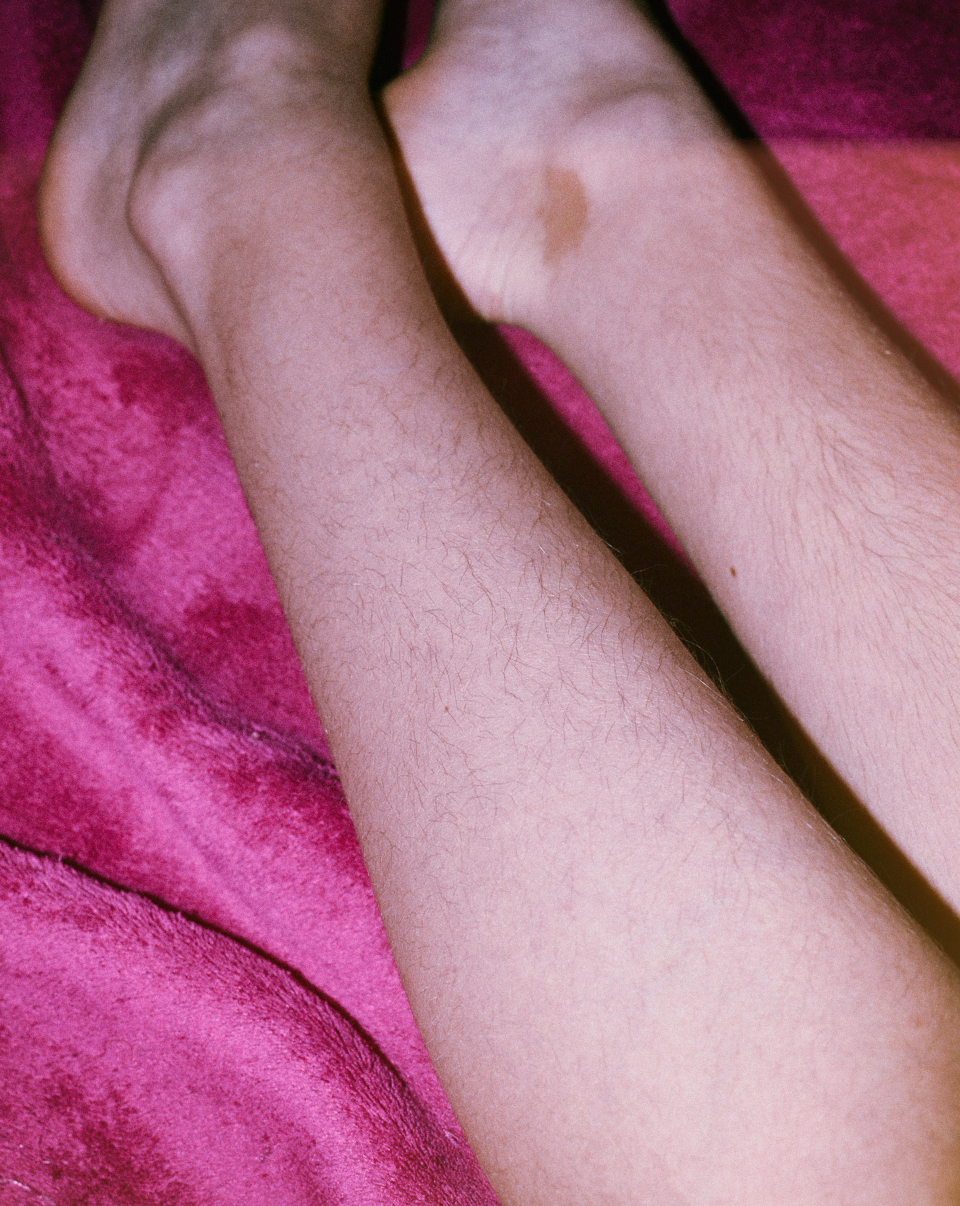
If I remember correctly, I’d just come out of the shower, my hair wrapped up in giant twisted towel upon my head, as I lay on my bed in a dressing gown, not quite ready to slip into my pyjamas for the evening. I was probably absentmindedly scrolling through Tumblr on my laptop which I’d left out, procrastinating on unravelling my hair and brushing it through so it could be dried, when I looked down at my legs.
It had been a while since I’d last touched them and by that I mean, it had been a while since I’d removed the hair that grew upon them. I’d taken care of them just before Christmas because I’d felt like it was necessary to do so at such a festive time of the year, even though it was cold and snowing and I knew I’d barely look down at them for weeks on end as I concealed them with 200-denier tights and different pairs of trousers.
I must have stroked my hand down my leg and felt the hairs which had regrown stand up between my fingers because suddenly my legs had my full attention. I remember looking down and for the first time, feeling genuinely disturbed by something I saw on my body (the first time since I had chicken-pox, that is).
Quite honestly, it scared me. It scared me because I was looking down at something so natural and meant-to-be yet it felt and looked alien. I realise that how I’m articulating this moment in time might seem a little dramatic and hyperbolic but it’s exactly how I remember it. It unsettled me.
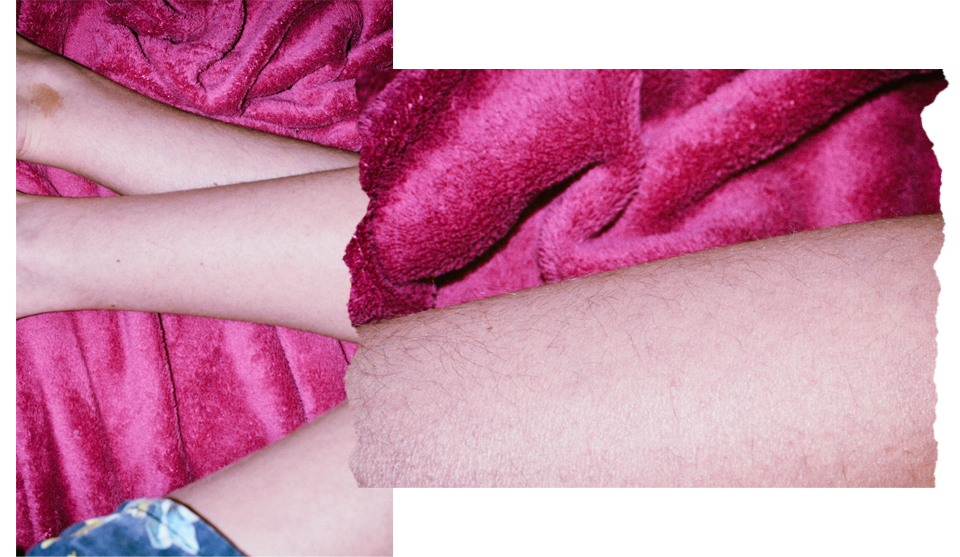
I immediately jumped onto a Facebook conversation with a close-friend because although I knew what this was all about, I still needed to vent and exert this new-found energy and even anger, somehow.
I started to ‘shave’ (well, depilate with hair removal cream) my legs when I was about 13. I remember nervously asking my mum what I should buy in order to deal with it and she guided me down this new path of grooming. It wasn’t my first introduction to this aspect of ‘being a woman’, of course.
I remember a couple of years prior, sitting in a line with my back up against a school wall with a group of friends as we looked out our legs in front of us, several of the girls commenting on the fact that they needed to start shaving when they were barely even 12.
It was always a given that I would eventually start shaving myself, and so, that time came around and it became ingrained in my routine. Every 4 days, I’d jump in the shower with hair on my legs and vacate with dolphin-smooth skin… up until that day a few months ago, when I looked down and realised I’d forgotten what it felt like to see my legs do what they’re supposed to do.

This moment of disturbance came out of laziness because hair-removal isn’t exactly an easy task, as most of you will probably have experienced. Even if you’re a man who only shaves their beard, you can still relate that it takes time and patience to complete the job at hand, precisely. After all, if nobody was seeing my legs during winter, surely I should take a break until the sunshine reappears?
Christmas and its festivities had passed and now I was faced with this dilemma. Do I ignore the fact that I have become afraid of a natural process or do I challenge it?
In the aforementioned Facebook conversation, my friend and I discussed the hair-removal industry. A point arose, suggesting that hair-removal is, in one sense, a hypocritical action. We’ve become a society which doesn’t want to see hair on a woman’s legs yet we put so much attention on that (whether it be just day-to-day or in broader terms with things like advertising), that we almost highlight leg hair more than we would if we just let it be.
And yes, this is a recent societal development (at least from what I know in the West). In the early 1900s, due to more modest clothing being in fashion, women didn’t concern themselves with hair removal on a regular basis.
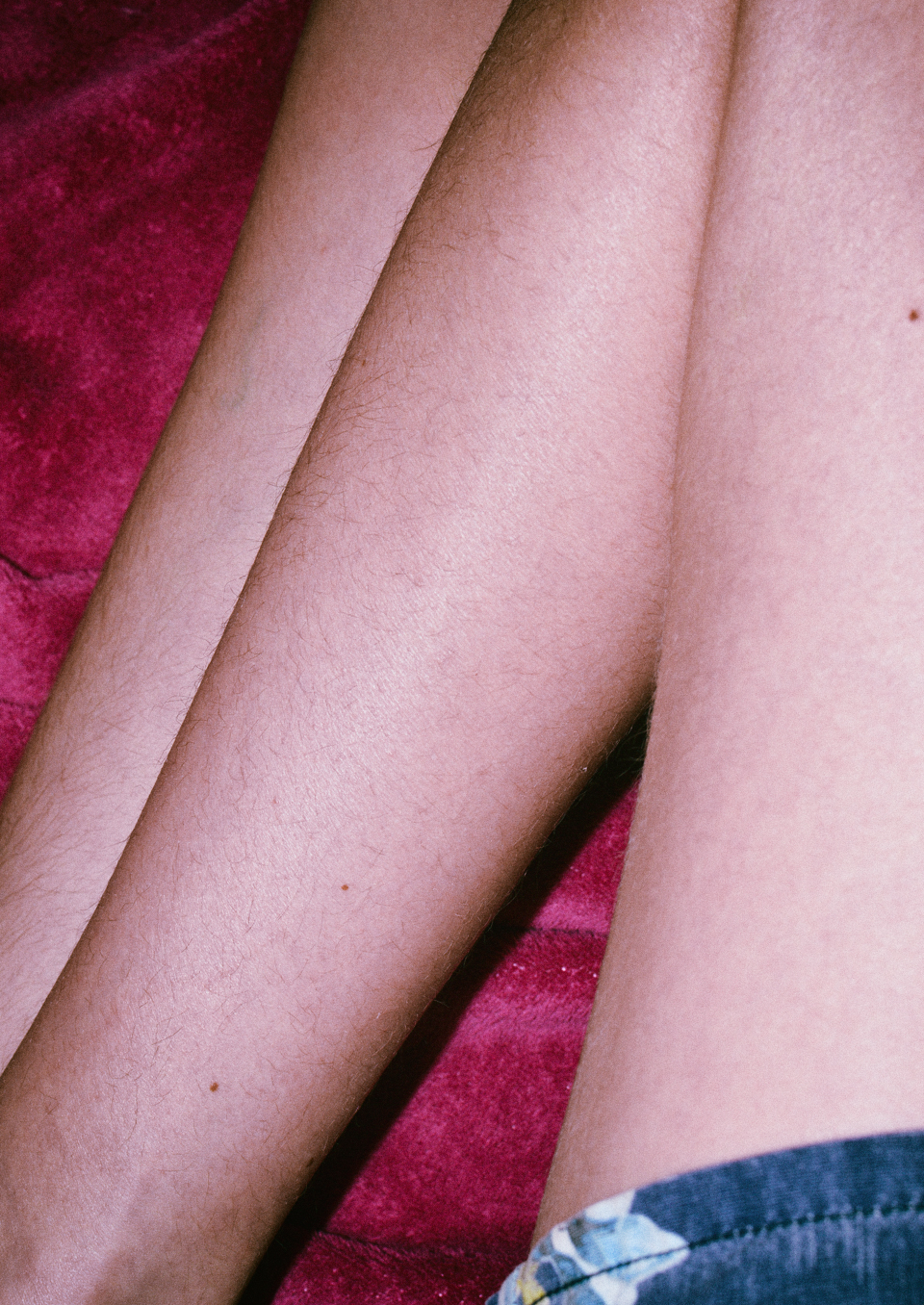
Of course, it isn’t just leg hair that ties into this. All forms of body hair have been warped and deemed as ‘unacceptable’ when it comes to women’s bodies but I will talk more about why I chose to specifically focus on leg hair, further on.
I will add here, that if anyone jumps in to suggest that it isn’t just an issue that women have to face, then I suggest you move along because I would rather you save the both of us time and energy for a more intelligent discussion.
At that moment, I nervously decided to say yes to the challenge to stop removing the hair on my legs. I didn’t give myself any rules and I decided that if I ever felt uncomfortable, I would do whatever it took to make me feel myself again. I allowed myself to conceal my legs however I pleased and I made sure that I was always asking myself if I was doing it for the right reasons.
I call it a challenge because I believe it was. After four years of consistently removing my leg hair (more so in summer, less so in winter), it was a strange feeling to suddenly stop and watch my legs develop and grow as they would do without interference. After all, why are my legs any different to my arms?
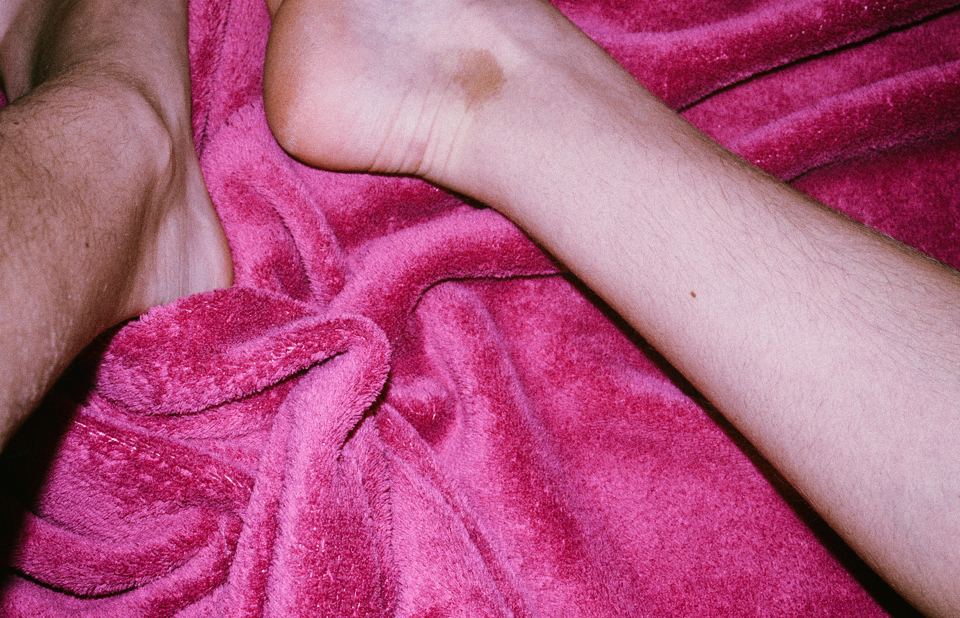
Naturally, like all change, it took a while for me to adjust but I felt comfortable in myself after not too long (it was honestly a relief to not have to worry about when I next needed to ‘deal with them’) but then I became faced with displaying my legs to the rest of the world as the warmer weather crept in and trousers felt like they were beginning to suffocate me.
Perhaps the challenge wasn’t necessarily allowing myself to grow my hair out, rather, it was challenging myself to ignore what people might think because we do live in a society where it is deemed as the norm to have shiny-smooth legs. (Even in razor adverts, most of the time the model seen demonstrating the product is often shaving against bare skin, already.)
I started gradually, as I allowed myself to do. I wore a floaty maxi dress with calf-high Dr Marten’s so you could only see a tiny slither of skin when the wind blew. I wore a skirt with knee high socks so it was only my kneecaps showing (which are the least hairy part of my legs).
And then I went to the beach.
I took off my skirt and I wore shorts and socks until I was overheating in a start-of-spring heatwave. I looked around me, at the people oblivious to anything I was doing as they soaked up the sun and the sound of the sea rolling in. I finally removed my socks and I ran towards the shore and I realised, it was something I hadn’t ever thought I would see myself doing.

It may seem like a first-world problem to have to focus on this all so heavily but it felt so invigorating. I’d passed the challenge almost unintentionally and within a few weeks, I was walking around town with shorts on and arriving at the beach again in just a bikini.
Nobody stopped and stared like I’d been imagining. Nobody called out and laughed. Because honestly? Nobody has the time to stop and look and decipher whether your legs are disturbing or not. Only you do because it’s your body. Try it yourself; see how many pairs of legs you actually pay attention to unless they’re being covered by an amazing pair of printed trousers.
These sorts of thoughts started to enter my mind when I listened to an episode of The Guilty Feminist podcast quite some time ago, where the hosts discussed the fact that these sorts of actions towards our bodies are all part of a choice. The important part to remember is why you made that choice in the first place.
I didn’t decide to start removing the hair on my legs at 13 because I felt genuinely uncomfortable with how they looked or how I was being perceived. I just knew it was expected of me. However, when you make such a personal choice based on what you believe other people will think of you, that’s not your choice. That’s you letting other people decide for you and for the most part, they’re strangers.
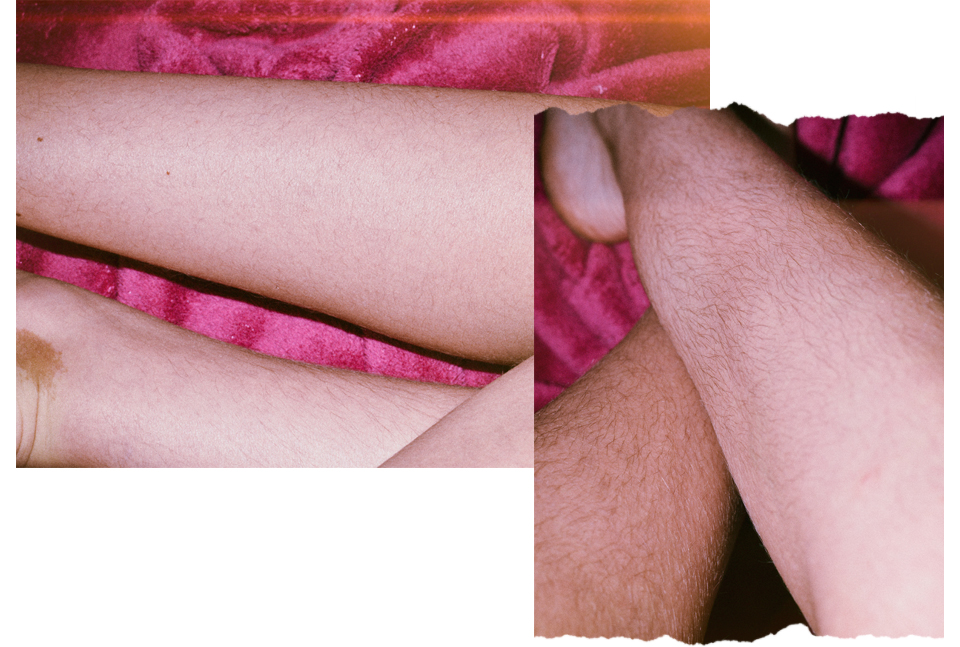
As you’ve probably gathered, I still haven’t touched my legs since December. This is not to say I don’t participate in any other forms of hair removal. For example, especially in the summer, I don’t enjoy having hair under my arms when I’m hot and sweaty. That’s just not for me, out of physical comfort.
Although, for any part of my body, my mind could change in a few months, or even weeks. This is why I hope this doesn’t come across as me preaching or making anybody feel bad for the choices that they make.
It’s almost been an experience in honour of my 13-year-old self, who didn’t understand why she was doing what she was doing other than that it was expected of her.
I still believe it is expected of me (not necessarily individually, but myself, as a woman) and I still know that there are many girls (and boys) who will grow up believing this is what should be done. It should always be a case of what you want, even if it takes you time and a bit of a challenge, to truly understand what that means.
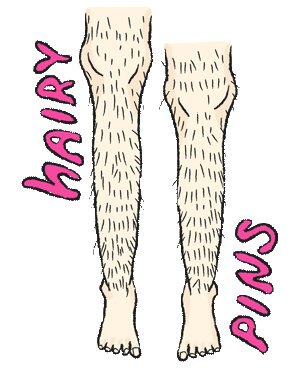
For anyone who has contemplated taking this sort of challenge for themselves, I would like to point out that during all of this (and even now), I was using Instagram as a tool to inspire me.
By following along with people who embraced natural beauty and even artists who used body hair in their work, I was able to ease myself into it whilst feeling supported. I even took to painting a ‘leg self-portrait’ to capture the journey, which is, of course, still continuing.
I’ve even started to notice that if I see a pair of hairy pins () in my feed, I don’t automatically jump to assuming it’s a man.
This is also a chance for me to say thank you to anyone who has more directly supported me in this by responding to my Instagram Stories about the topic. Community is so important and in this case, it can do a whole lot of good.
Add this GIF sticker to your Instagram Stories by searching “@tollydollyposh” under GIFs. For all your hairy leg (or pin) needs!
